In the first decade of the 20th century, New York’s theater district underwent a dramatic migration. The old centers of entertainment around Union Square and Herald Square were abandoned as producers and theater builders rushed north to a developing area around 42nd Street. This move, spurred by the opening of the city’s first subway line in 1904 with a major station at that intersection, created the modern theater district and a dazzling new capital of entertainment.
The area, formerly known as Longacre Square, was officially renamed Times Square in 1904 after The New York Times opened its new skyscraper headquarters, the Times Tower, on the spot. Theaters began to spring up on the surrounding blocks, each one trying to outshine the others. Their facades were covered with thousands of white electric light bulbs, a brilliant and modern form of advertising that illuminated the night sky. This intense concentration of light earned the stretch of Broadway its famous nickname: “The Great White Way.”
The new theaters were designed as opulent palaces for the public. Grand playhouses like the Lyceum (1903), the New Amsterdam (1903), and the Belasco (1907) were built in the ornate Beaux-Arts style. They featured limestone facades, grand staircases, and lavish interiors with plush velvet seats, silk wall coverings, and gilded plasterwork. Going to the theater was meant to be a grand event, and the luxurious surroundings were part of the attraction.
Read more
On the stages of these new theaters, the most popular form of entertainment was the light musical comedy or operetta. Composer and performer George M. Cohan became a major star with his energetic, patriotic musicals. His 1904 show, Little Johnny Jones, introduced songs that became American classics, including “Yankee Doodle Boy” and “Give My Regards to Broadway.” The works of composer Victor Herbert, whose operettas were filled with romantic, soaring melodies, were also immensely popular.
A new type of show premiered in 1907 that would become a Broadway institution. Florenz Ziegfeld staged his first “Follies,” a spectacular revue that combined comedy sketches, beautiful songs, and, most importantly, elaborate production numbers featuring dozens of exquisitely costumed showgirls. The Ziegfeld Follies set a new standard for theatrical glamour and spectacle.
The streets of the new district were filled with a sense of excitement and occasion. At night, a stream of horse-drawn carriages and the first expensive automobiles would pull up to the brightly lit theater entrances, depositing elegantly dressed men and women for an evening’s entertainment. The air was filled with the buzz of the crowds and the glow of the thousands of electric lights that announced the new heart of New York City’s nightlife.


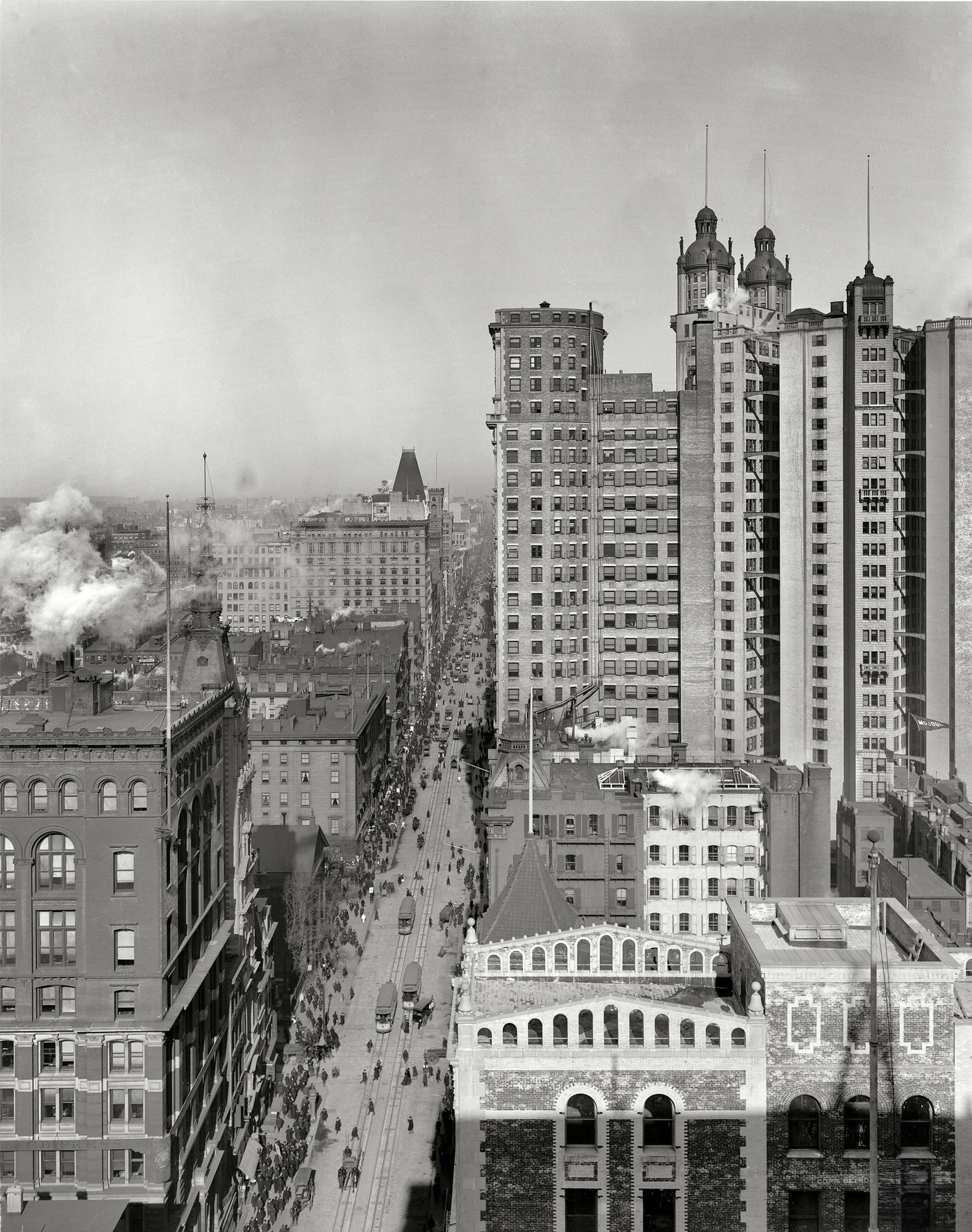
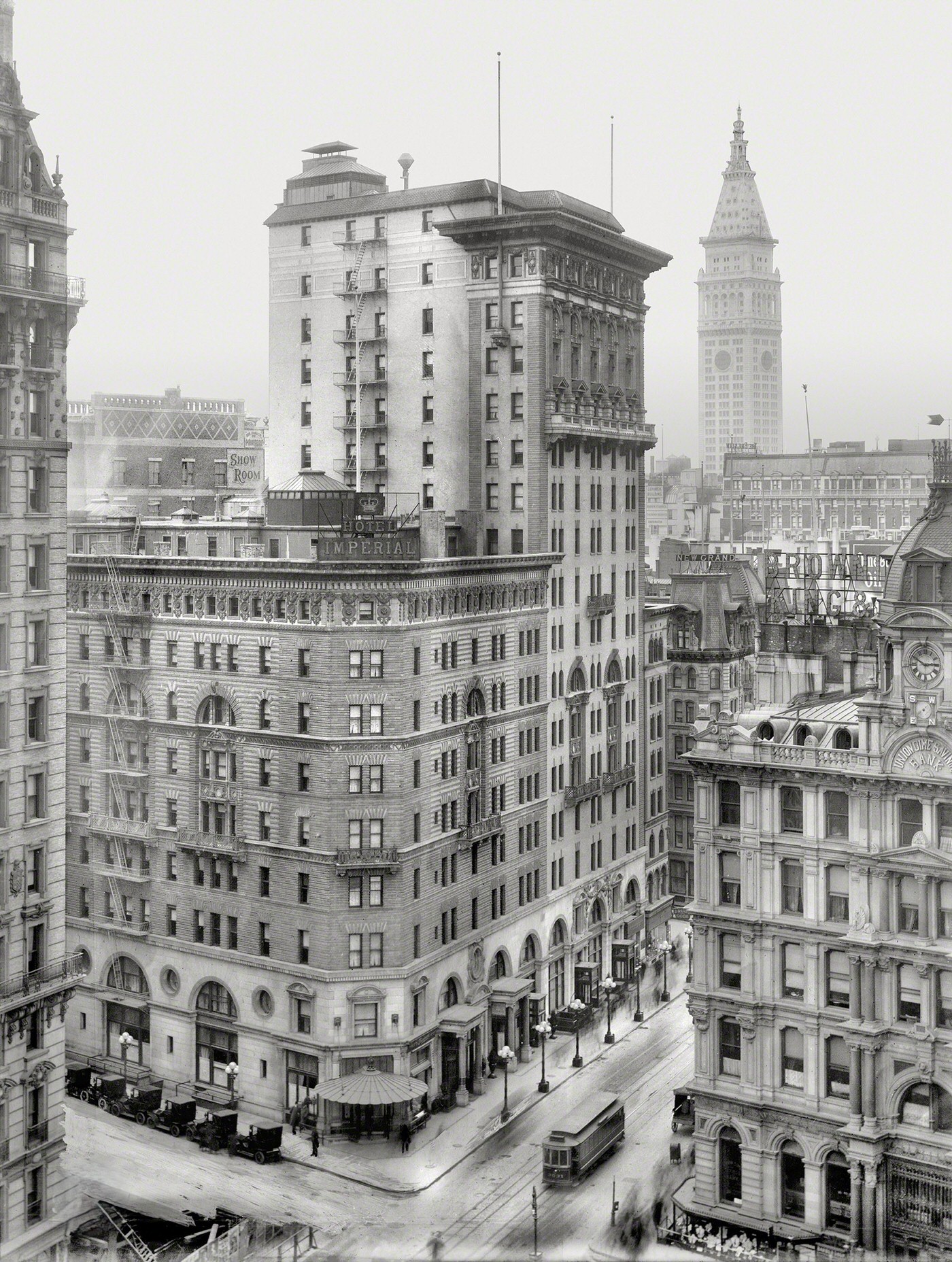
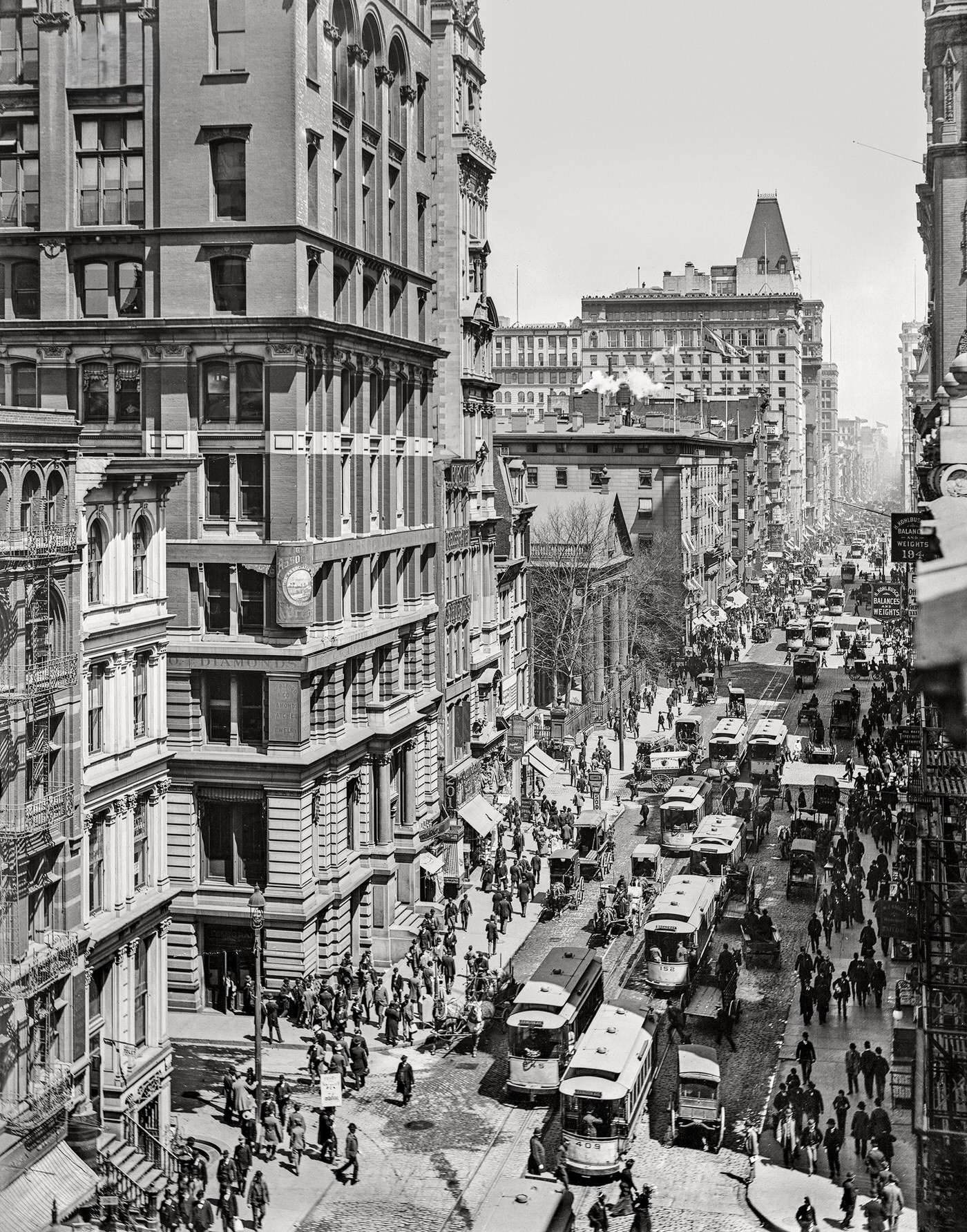
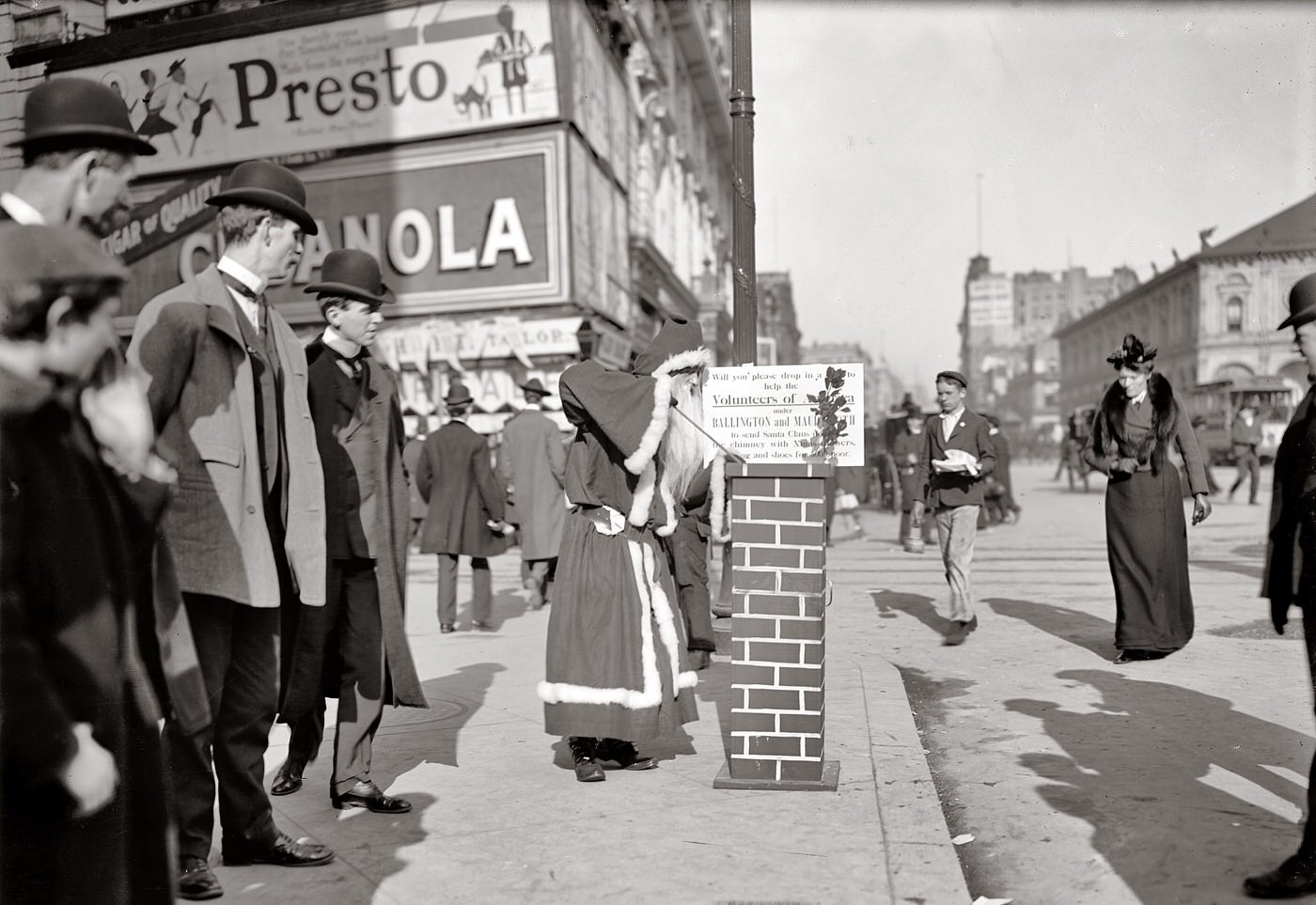
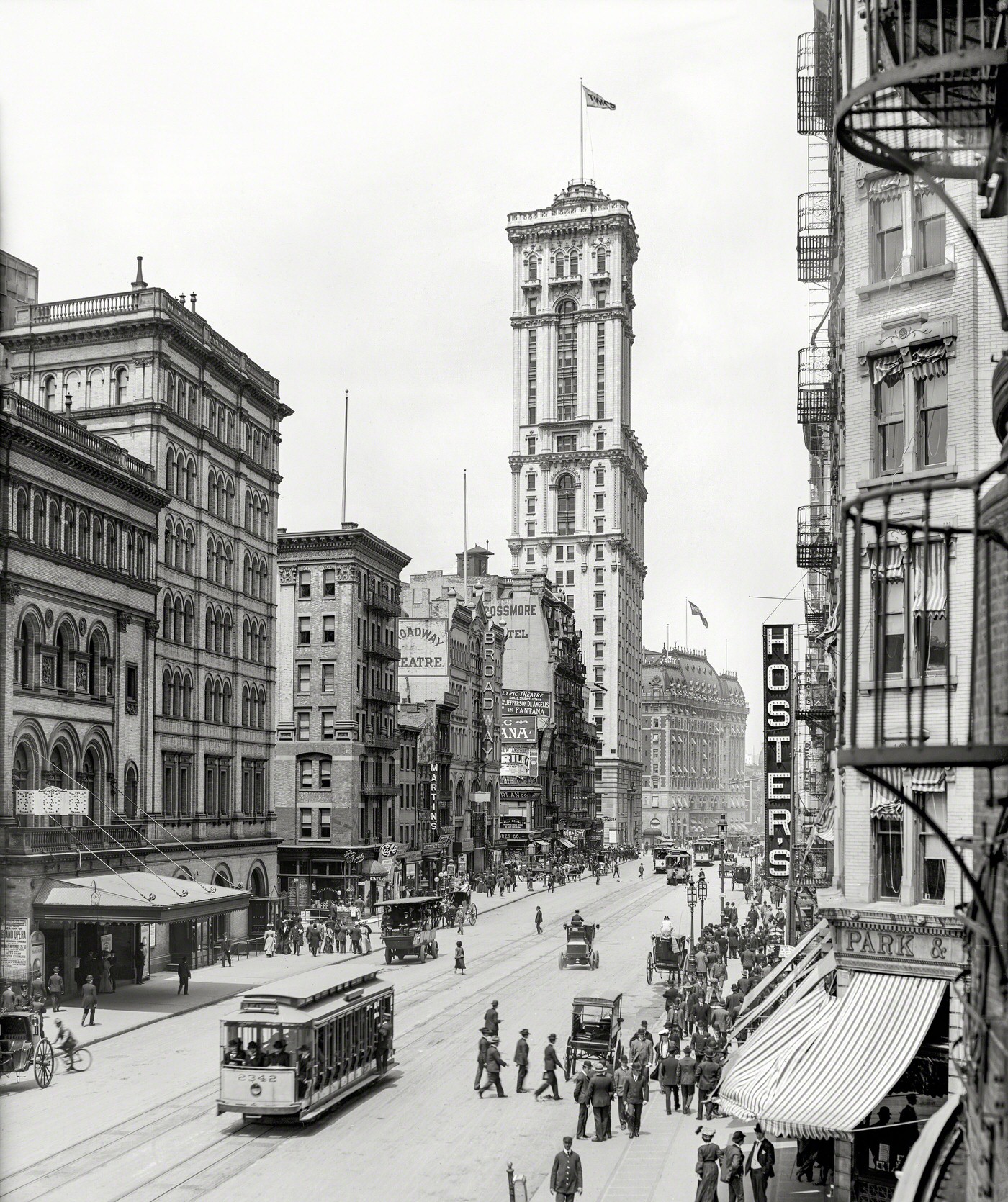
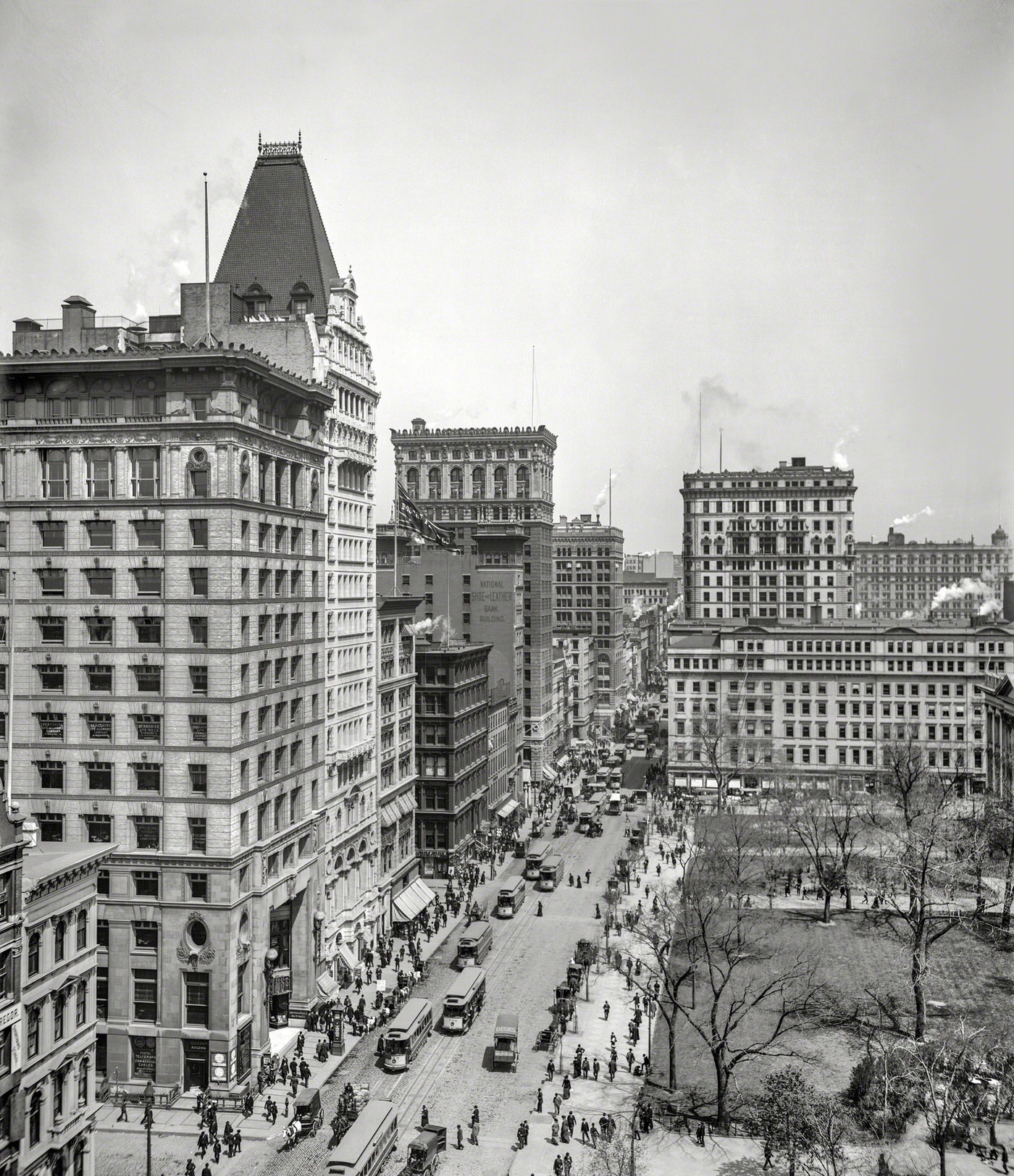
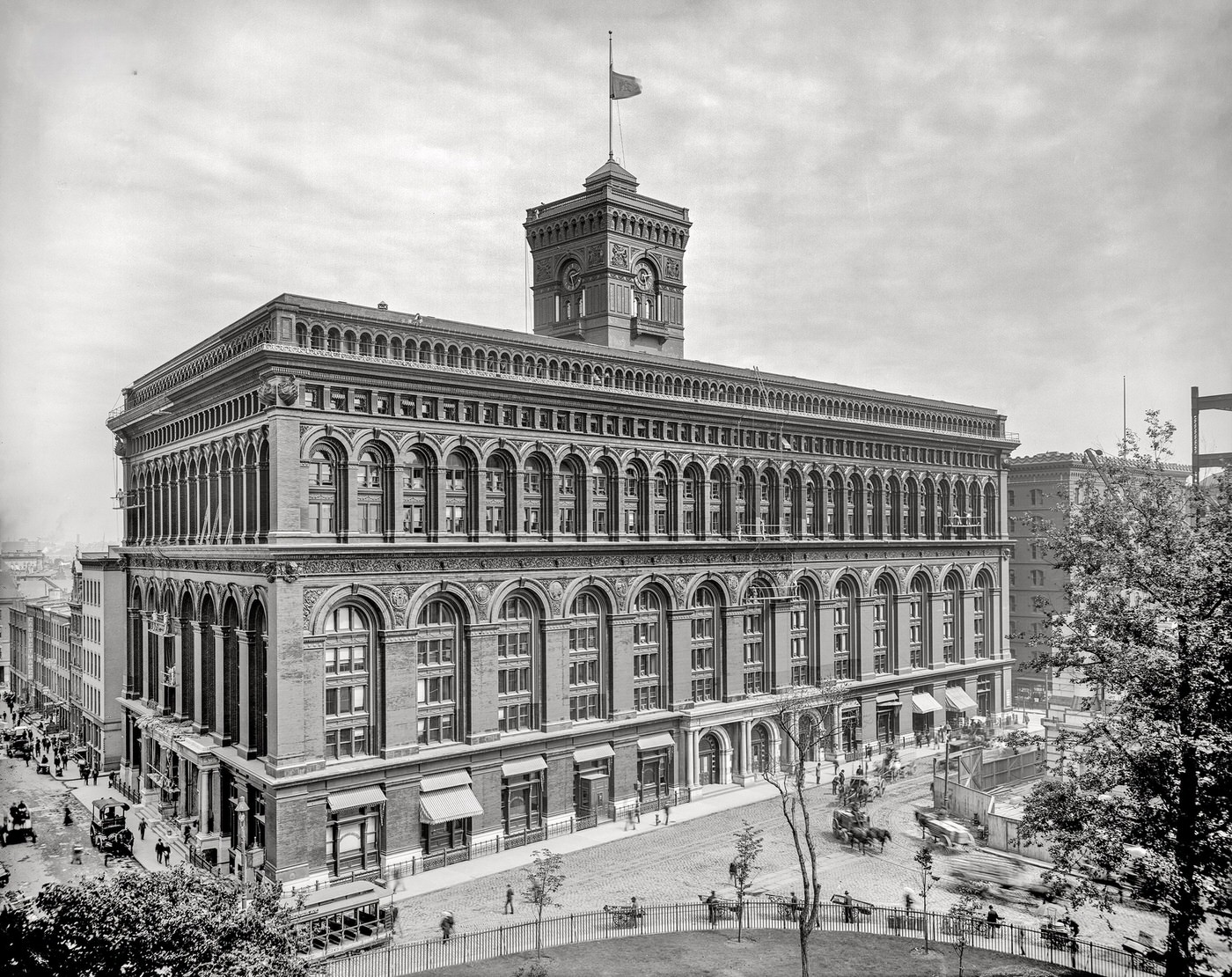
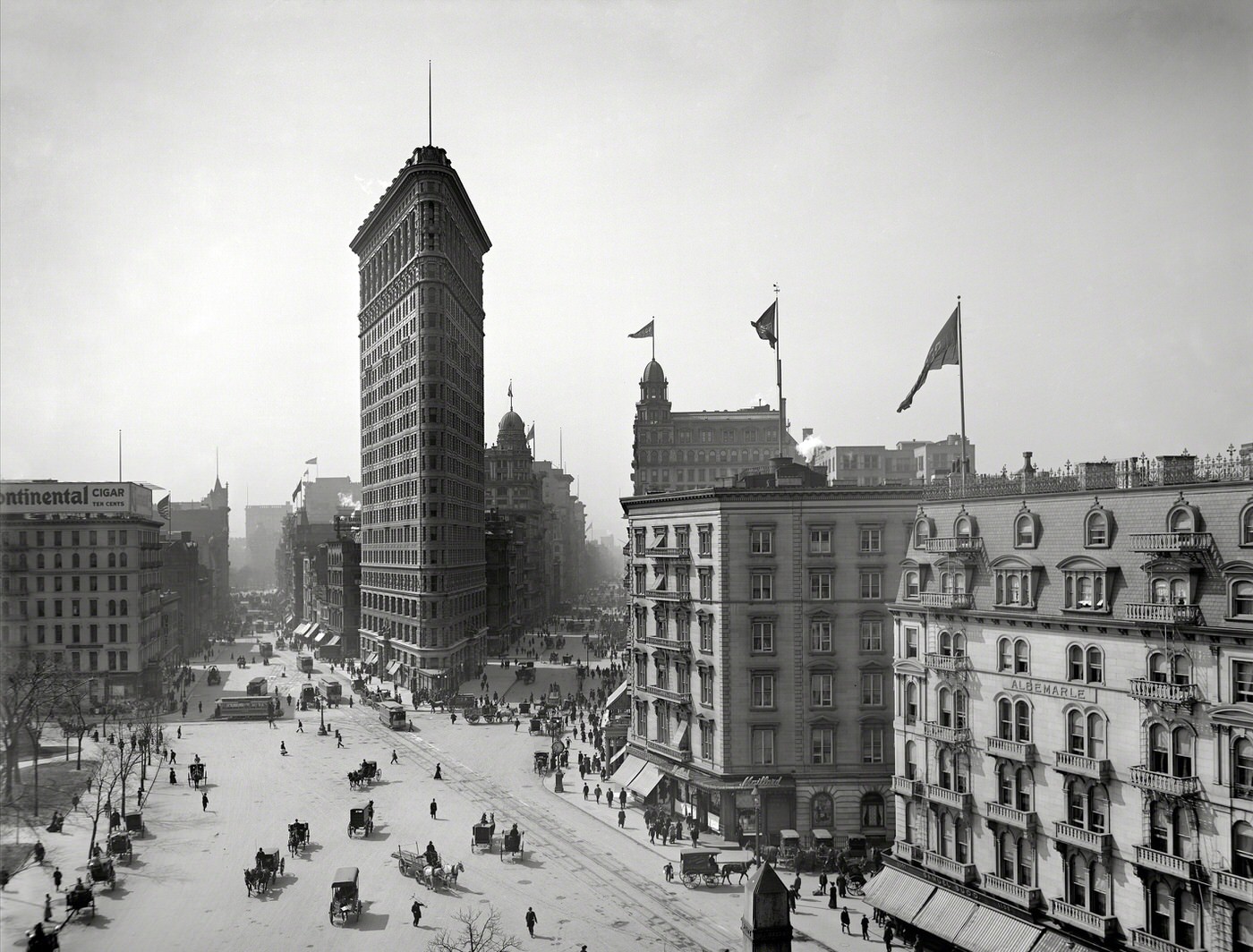
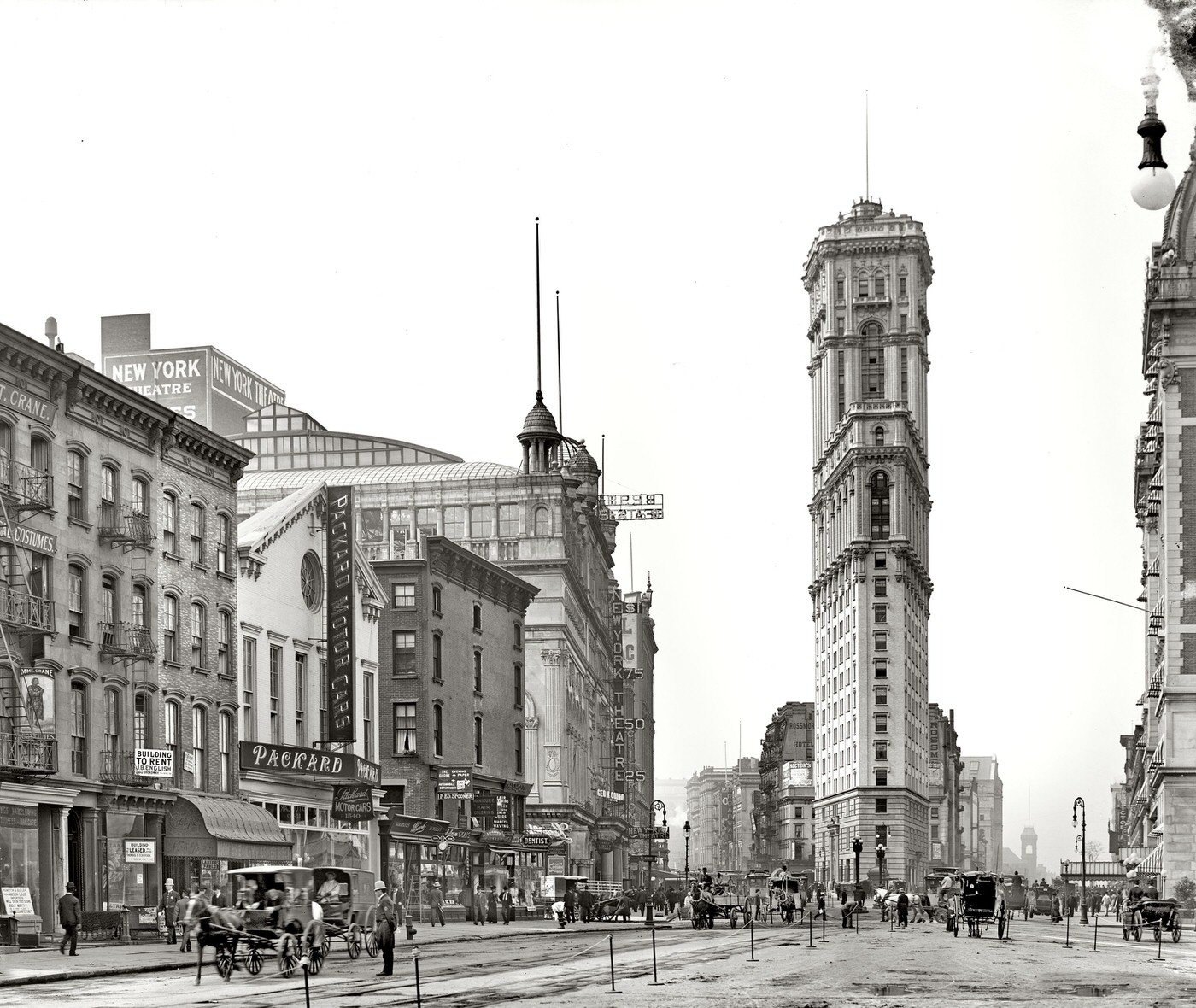
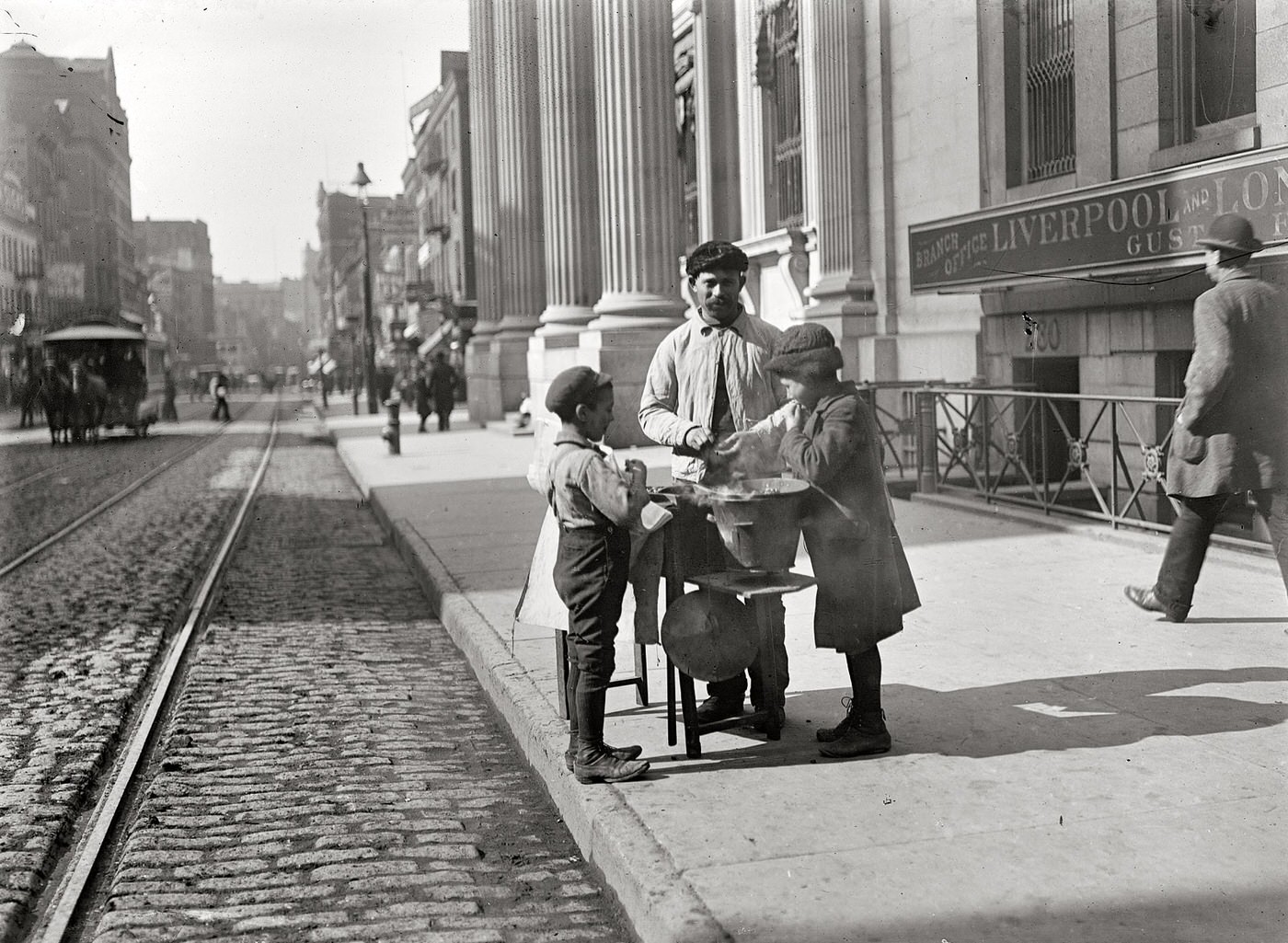
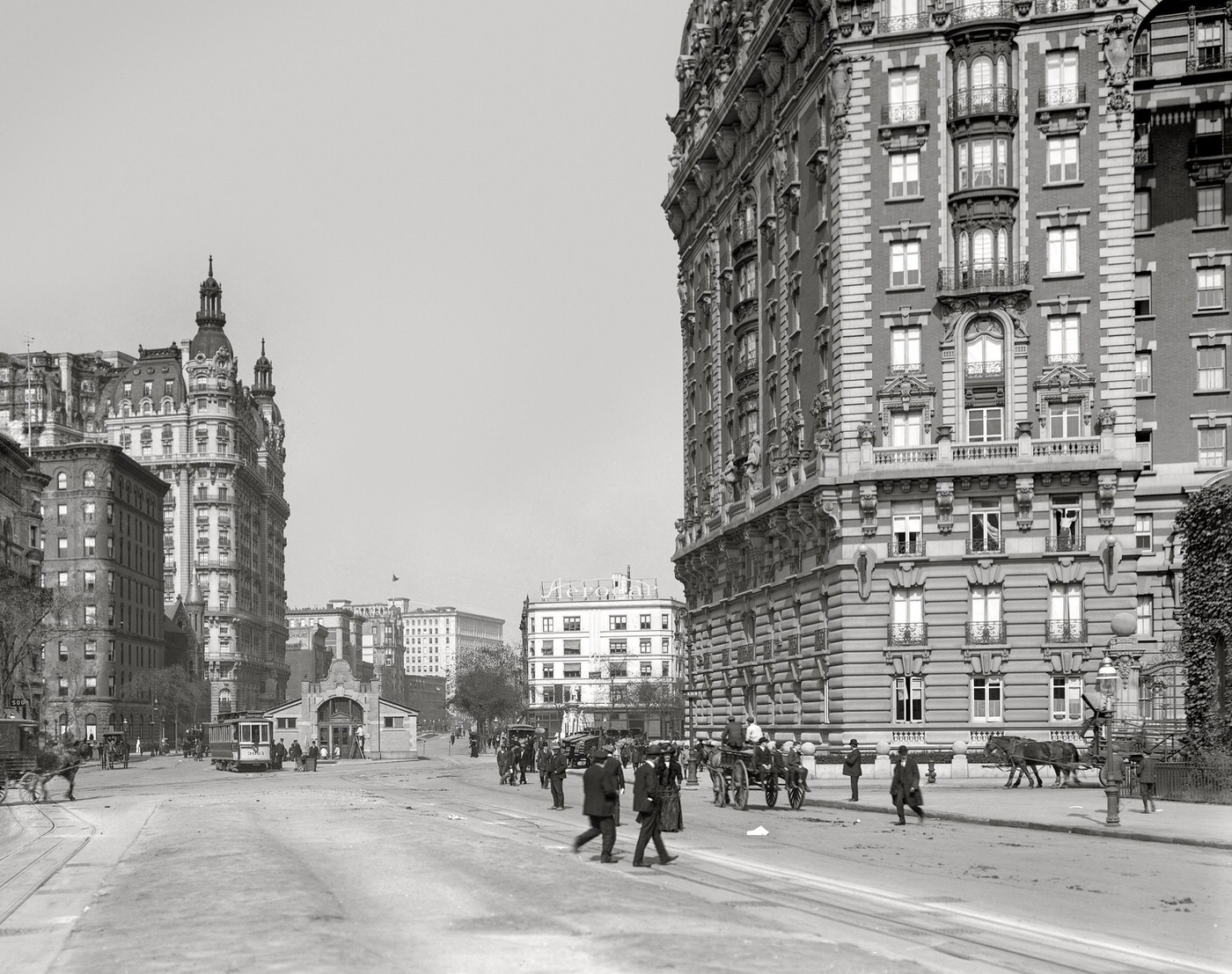
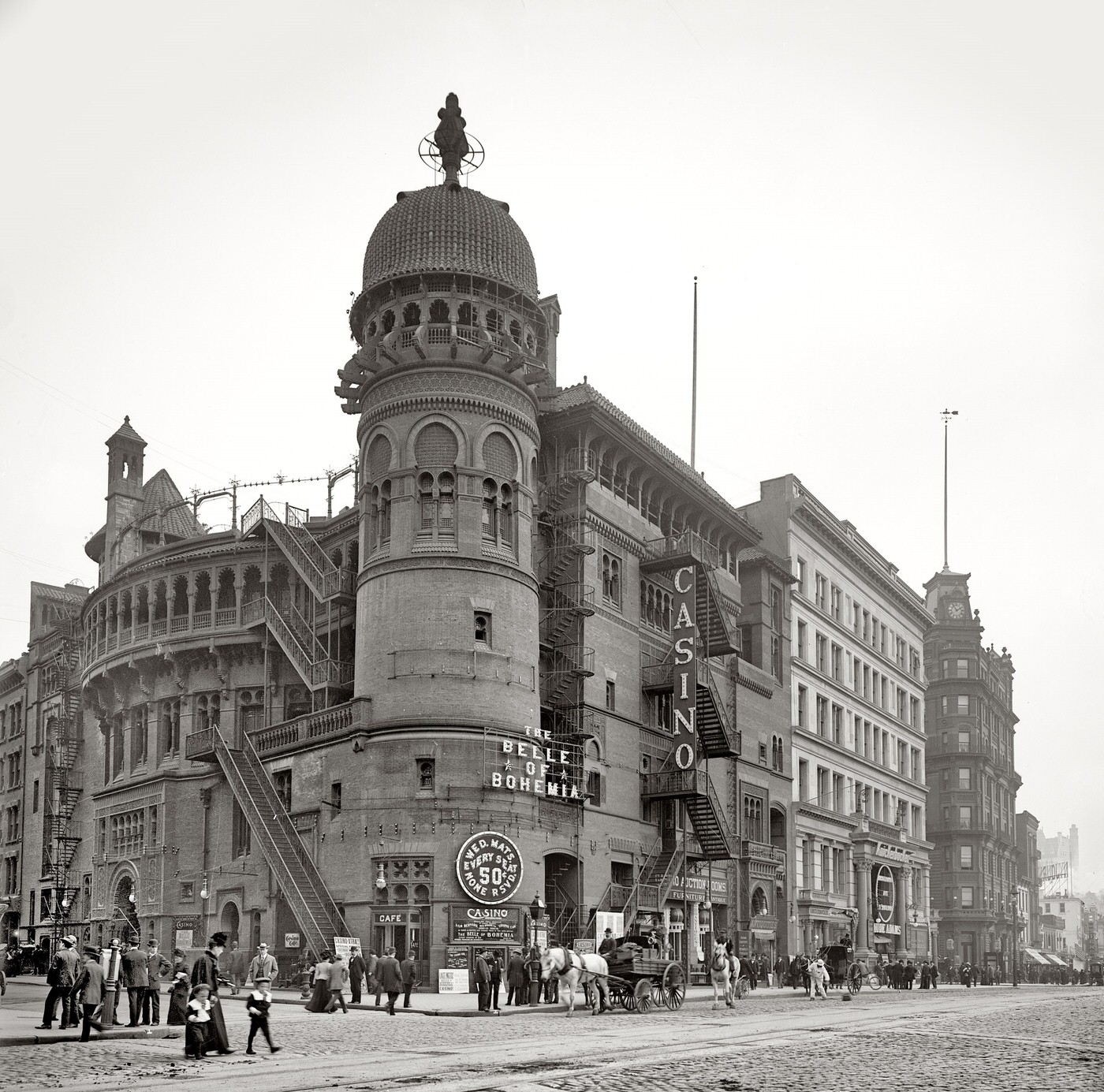
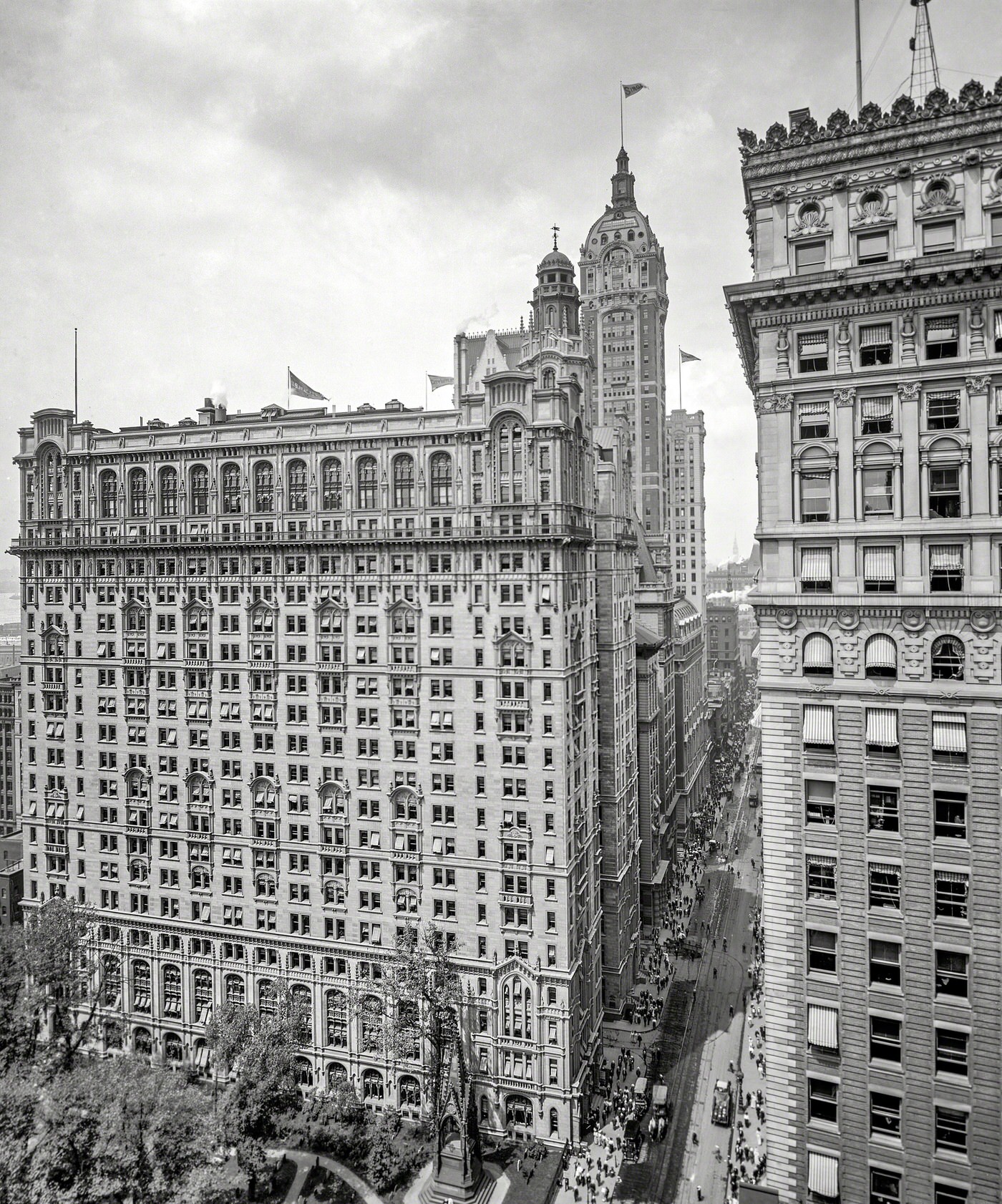
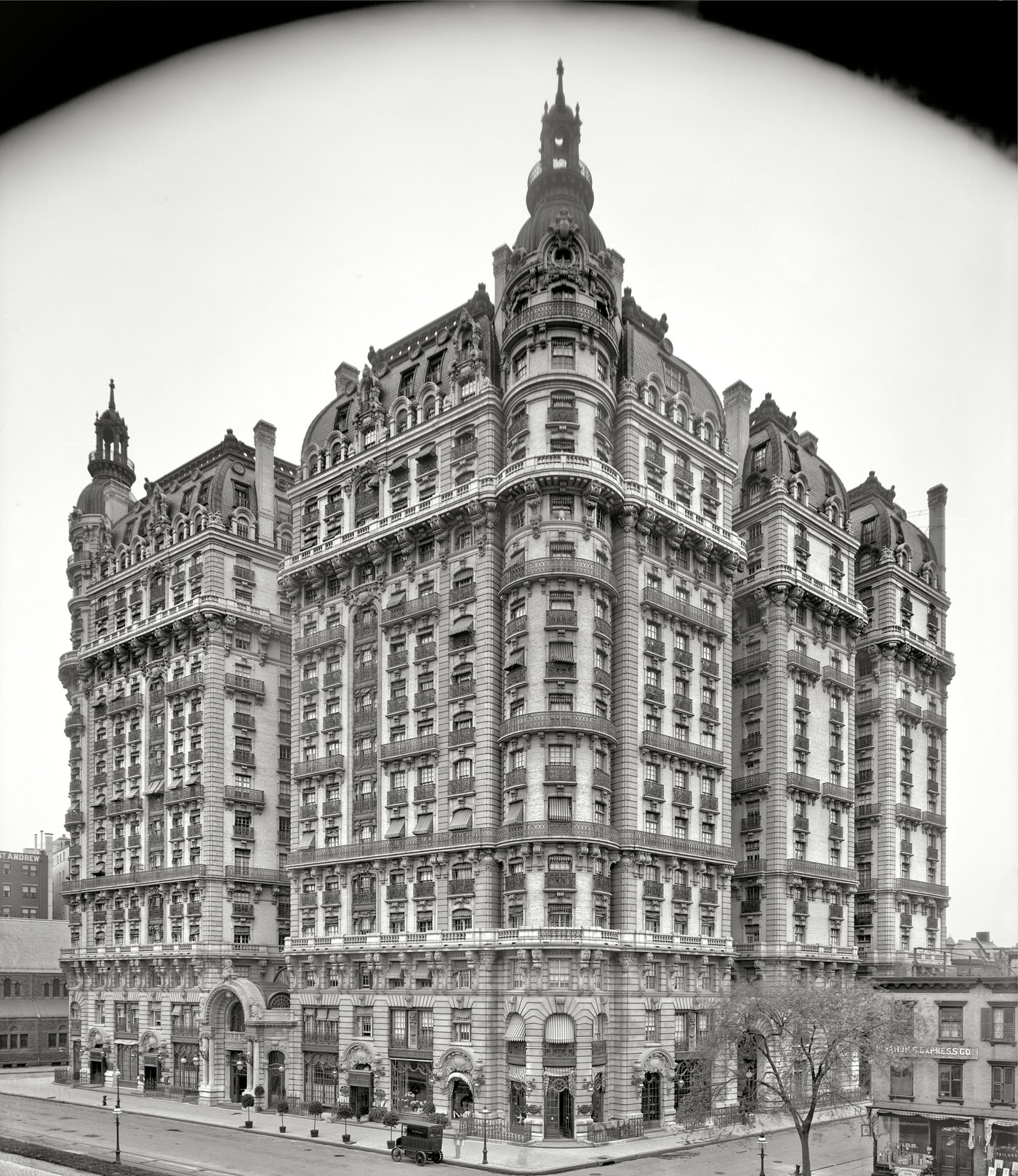
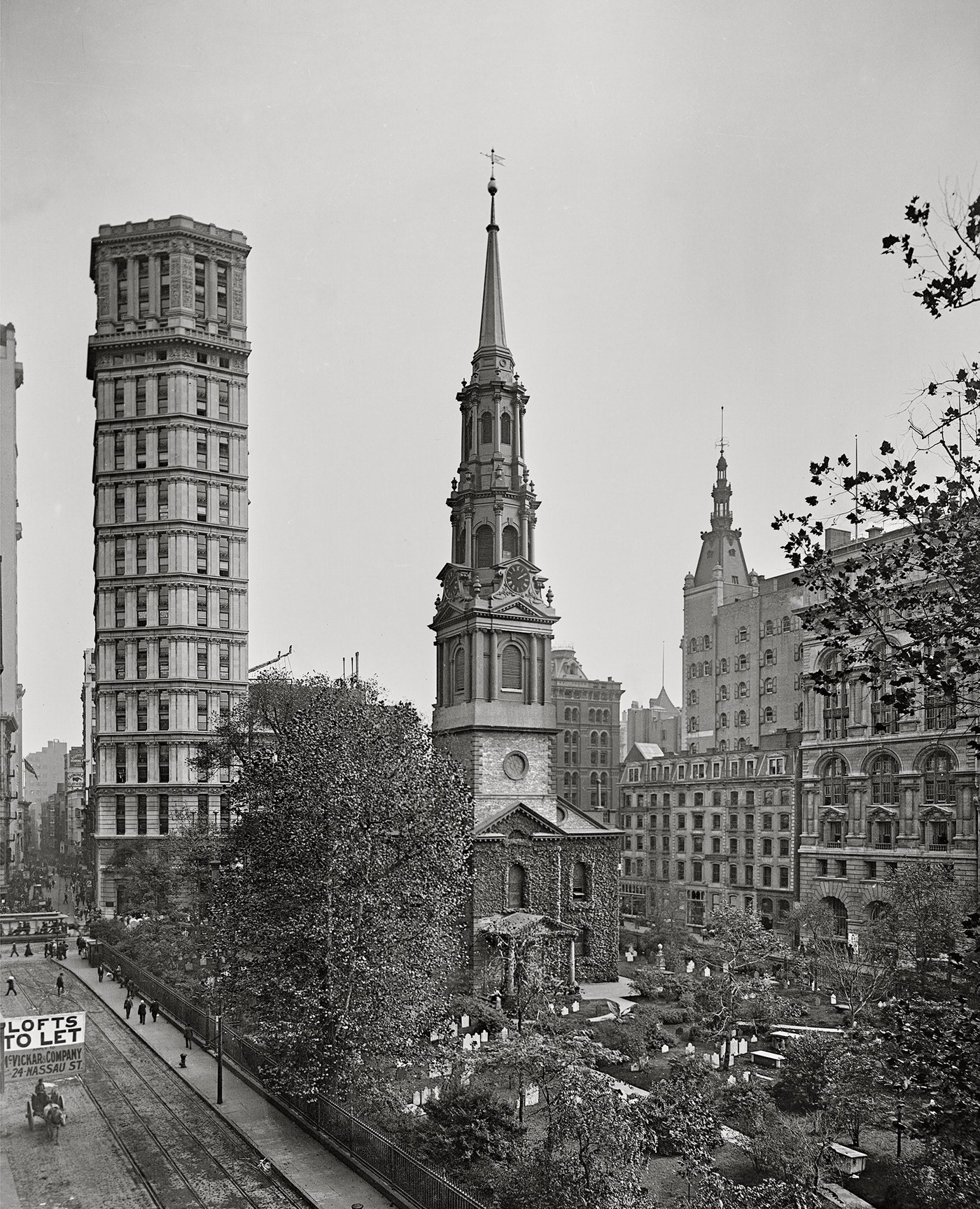
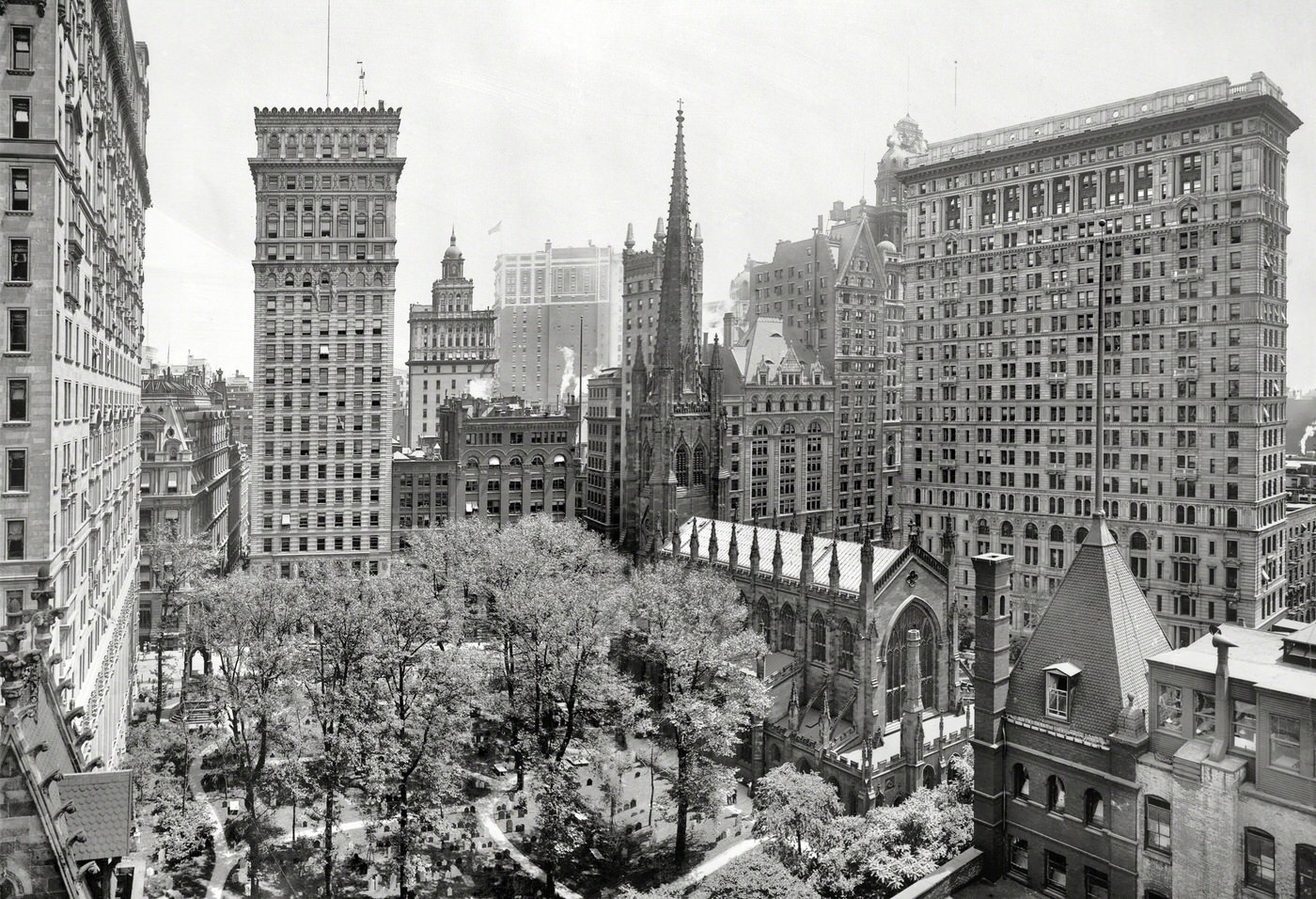
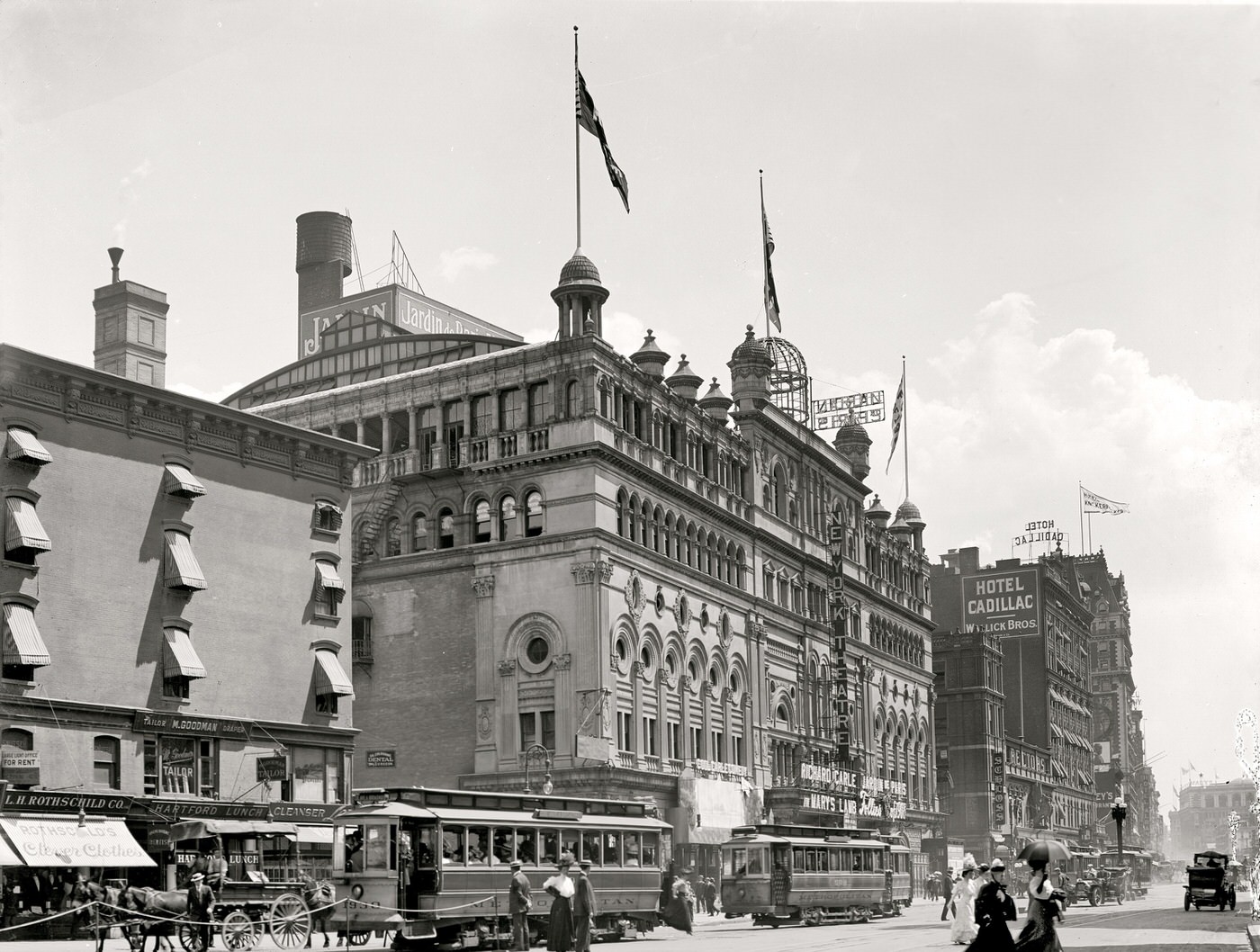
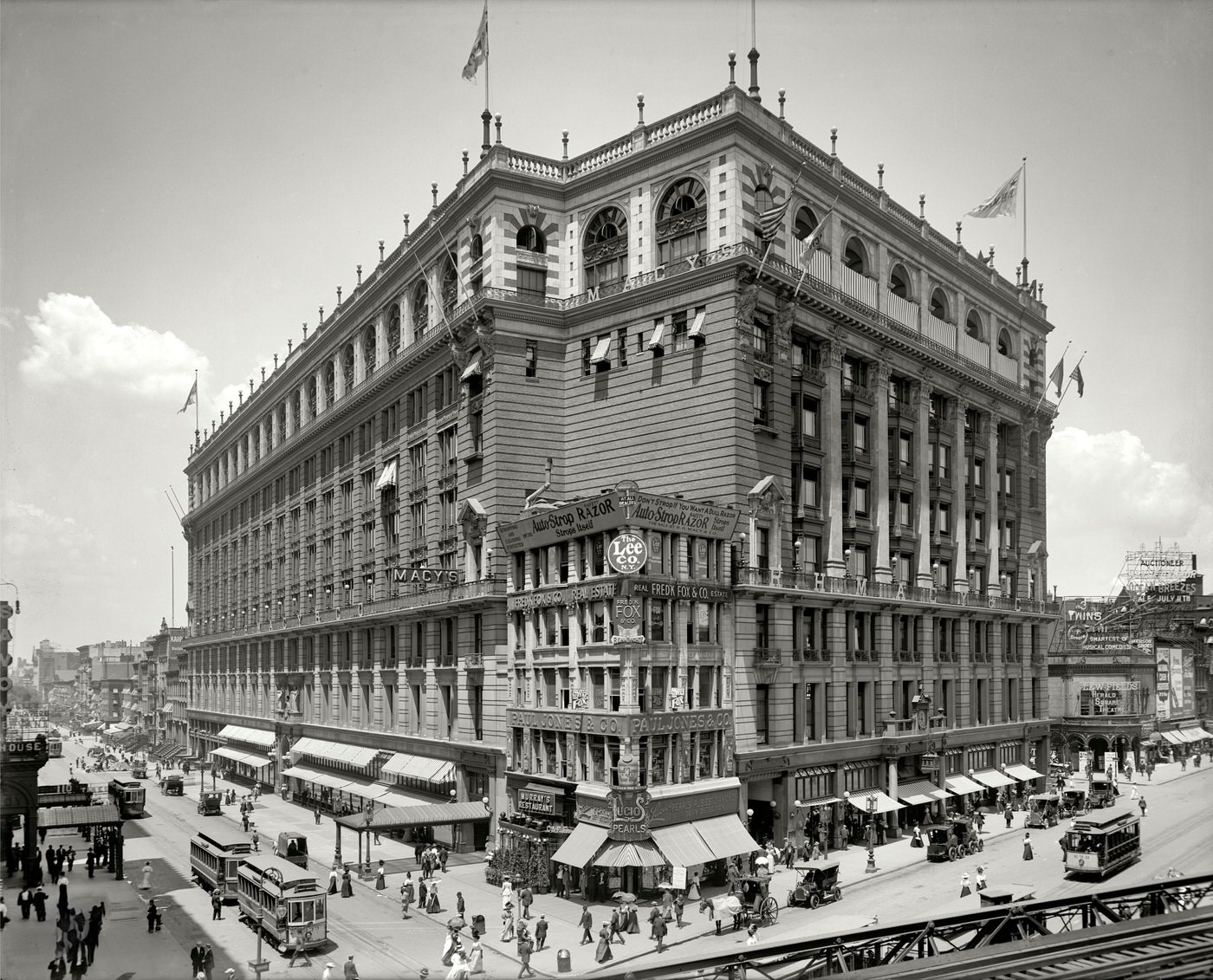
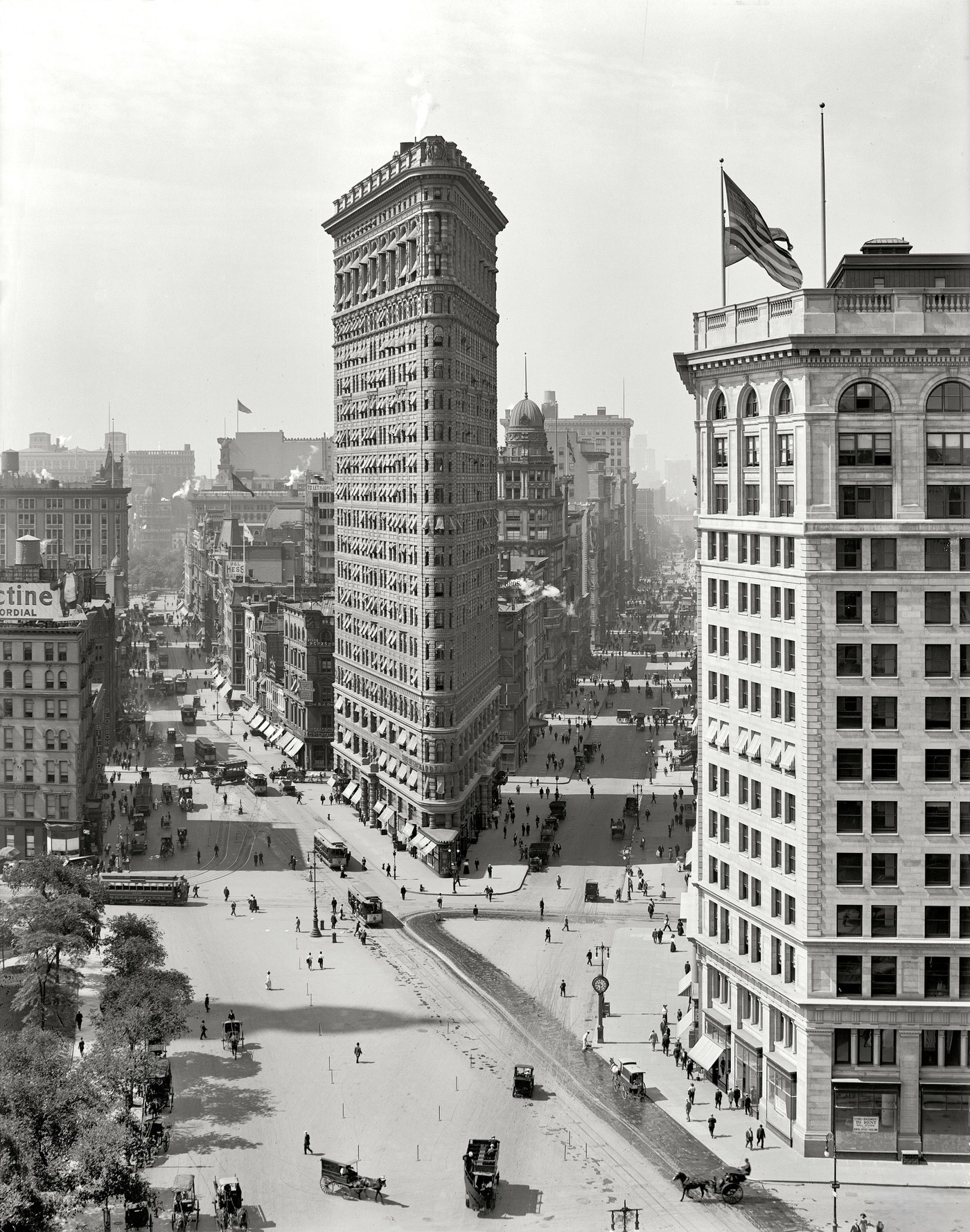
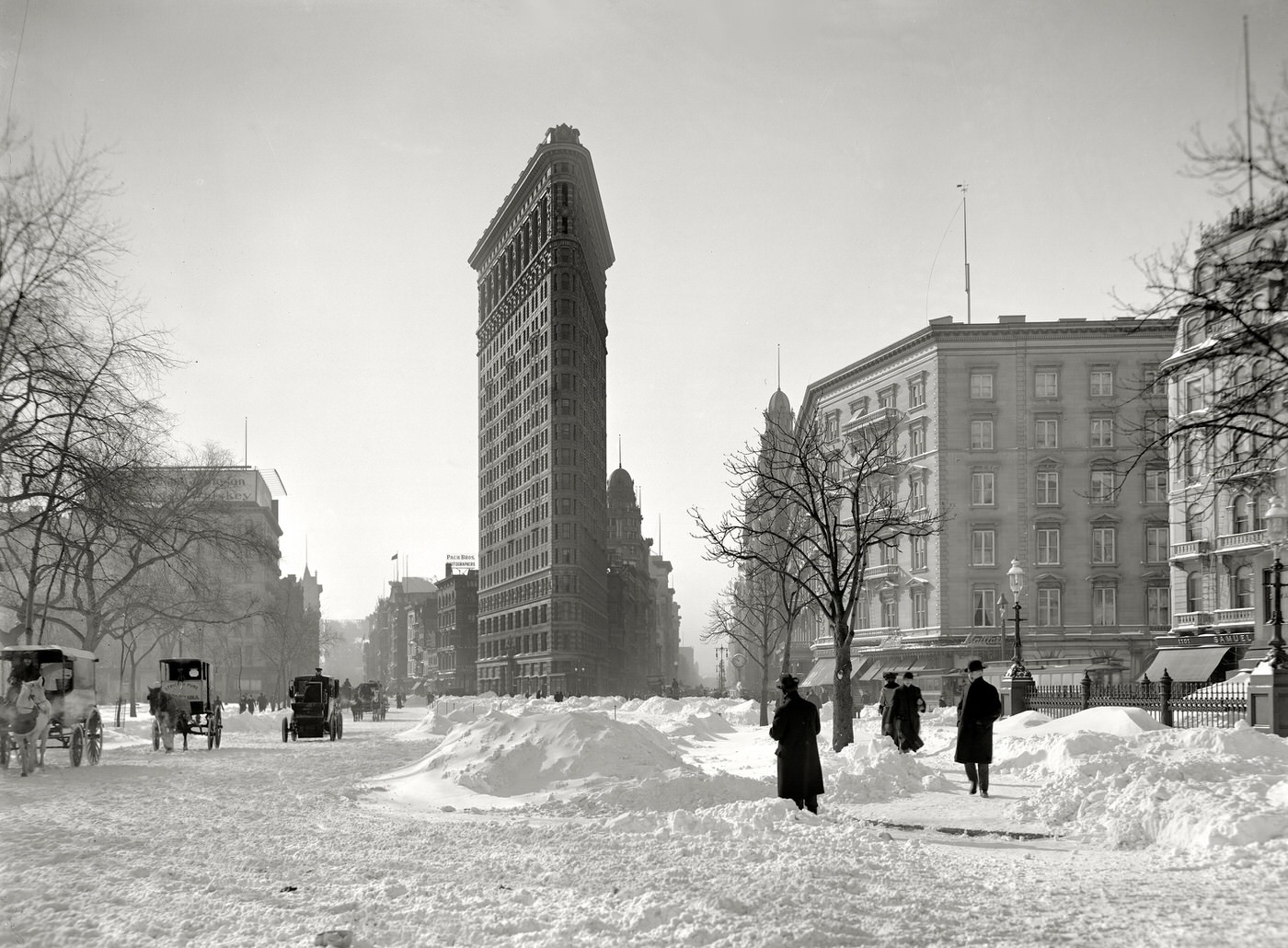
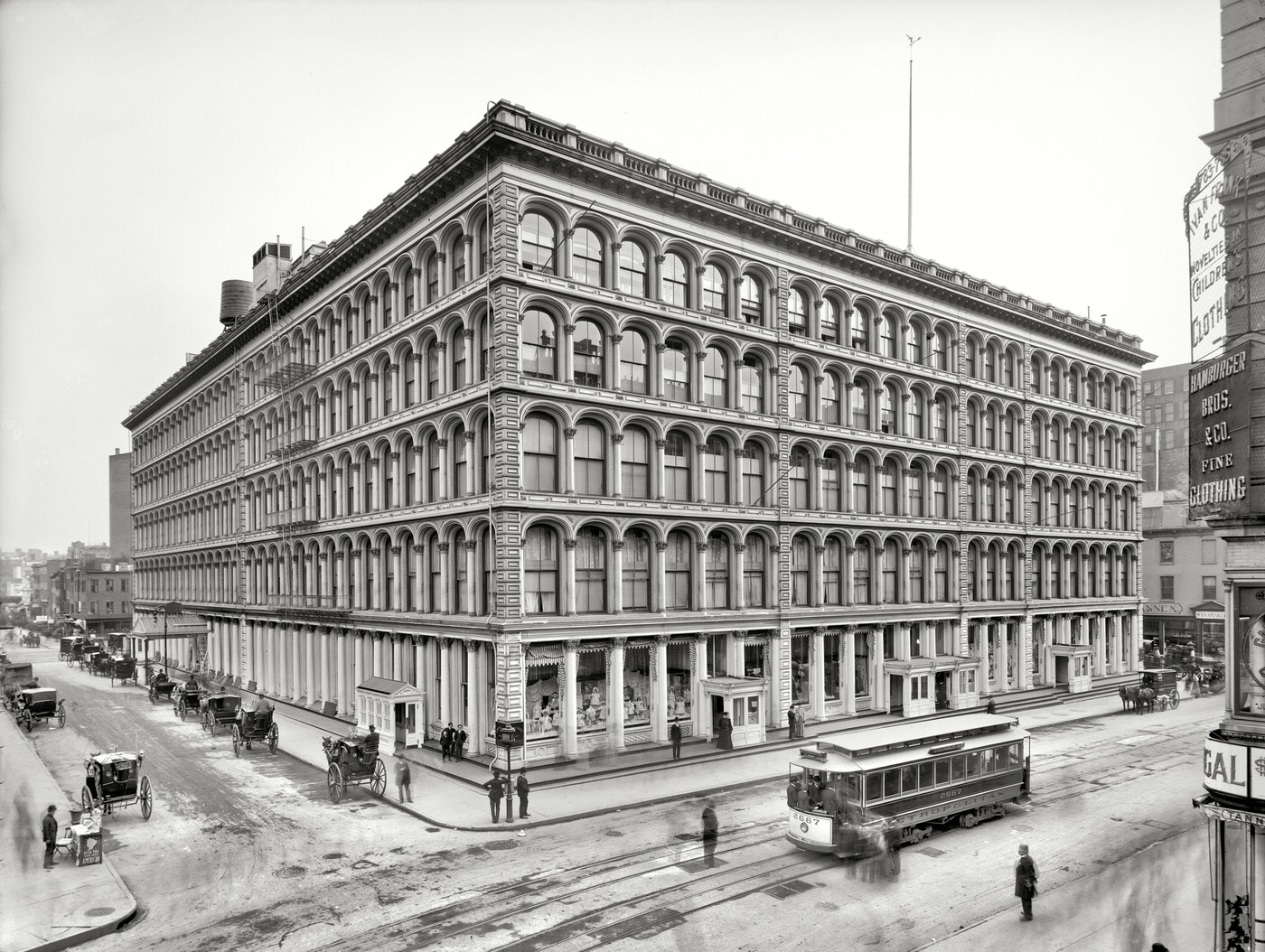
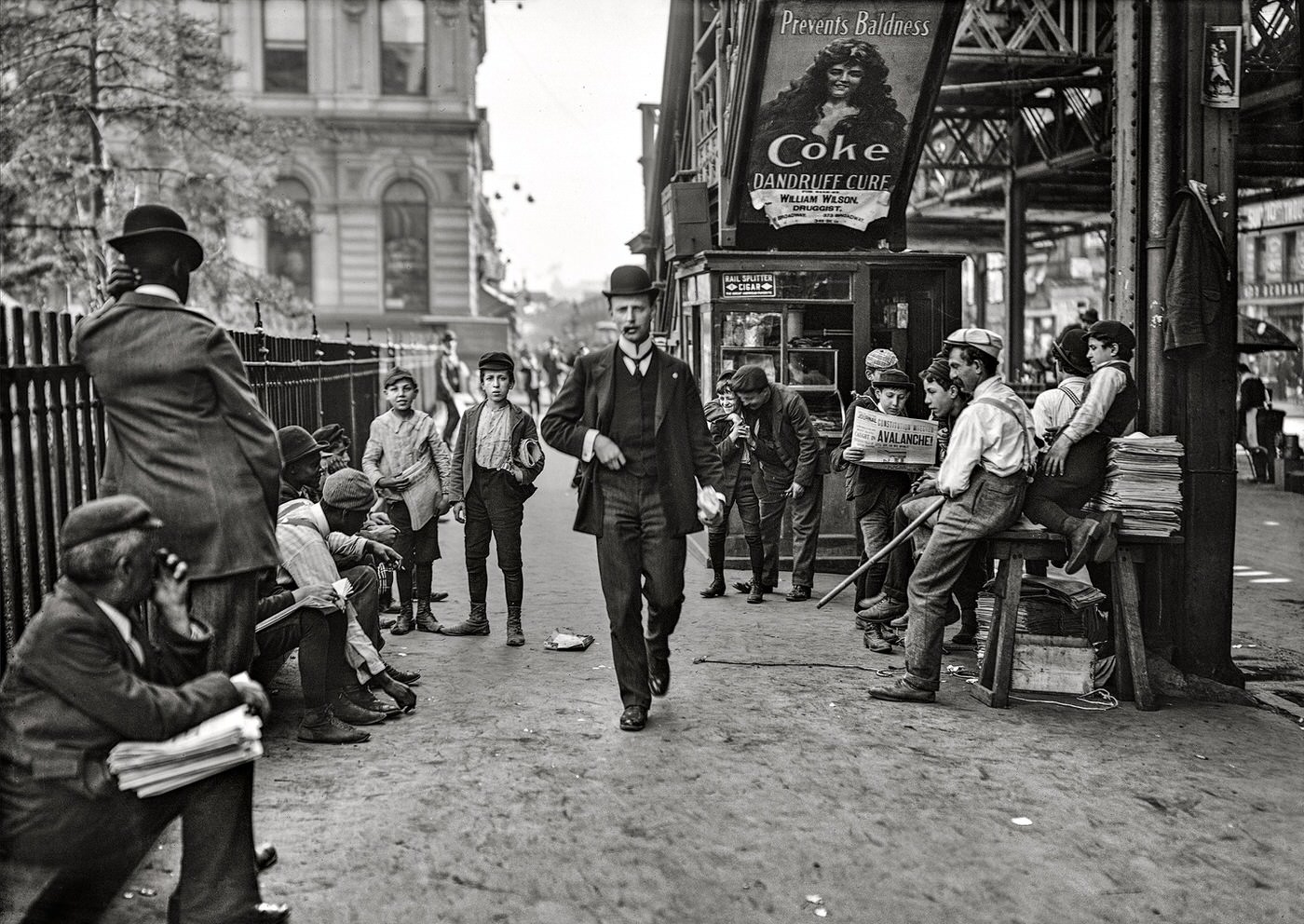
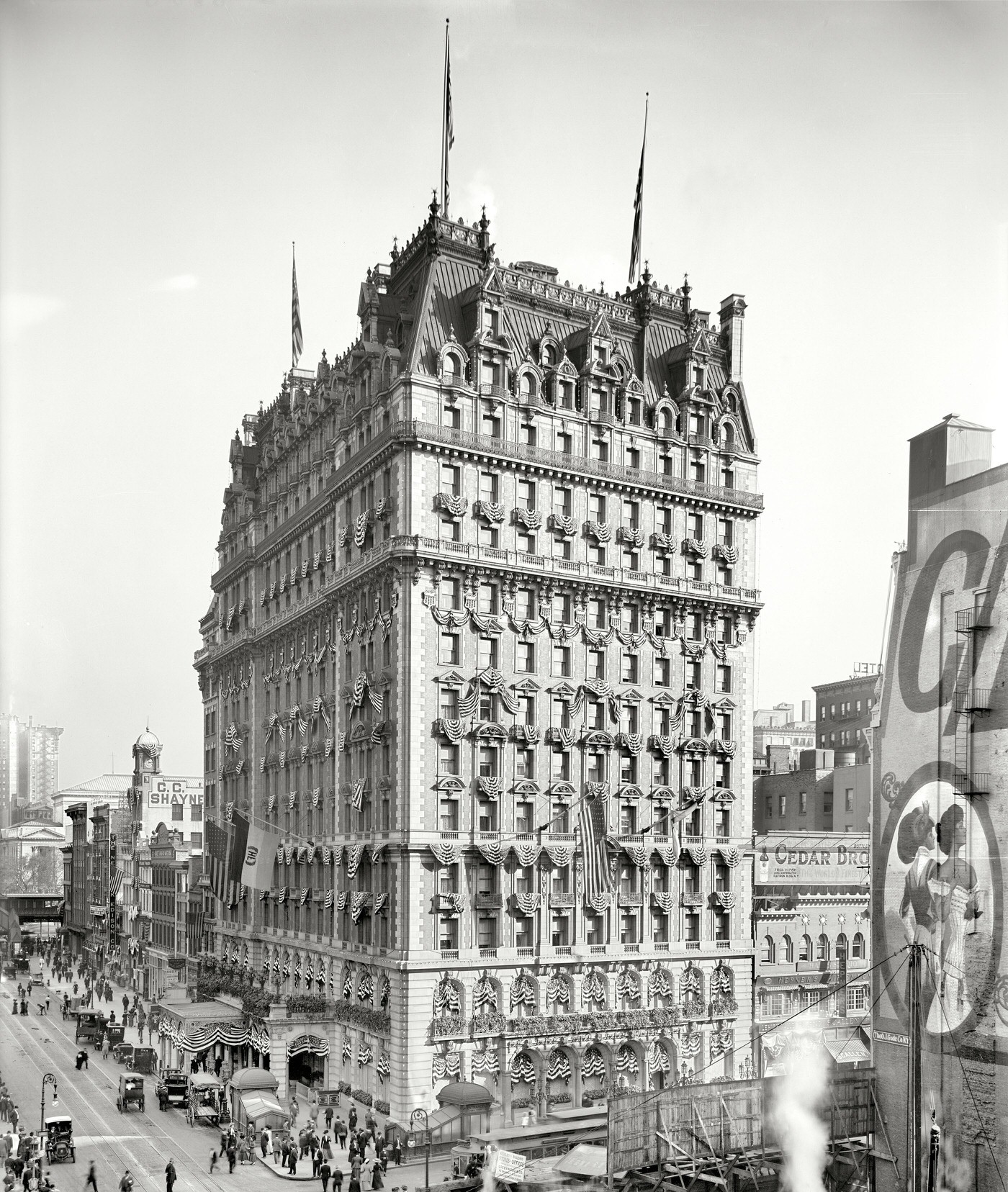
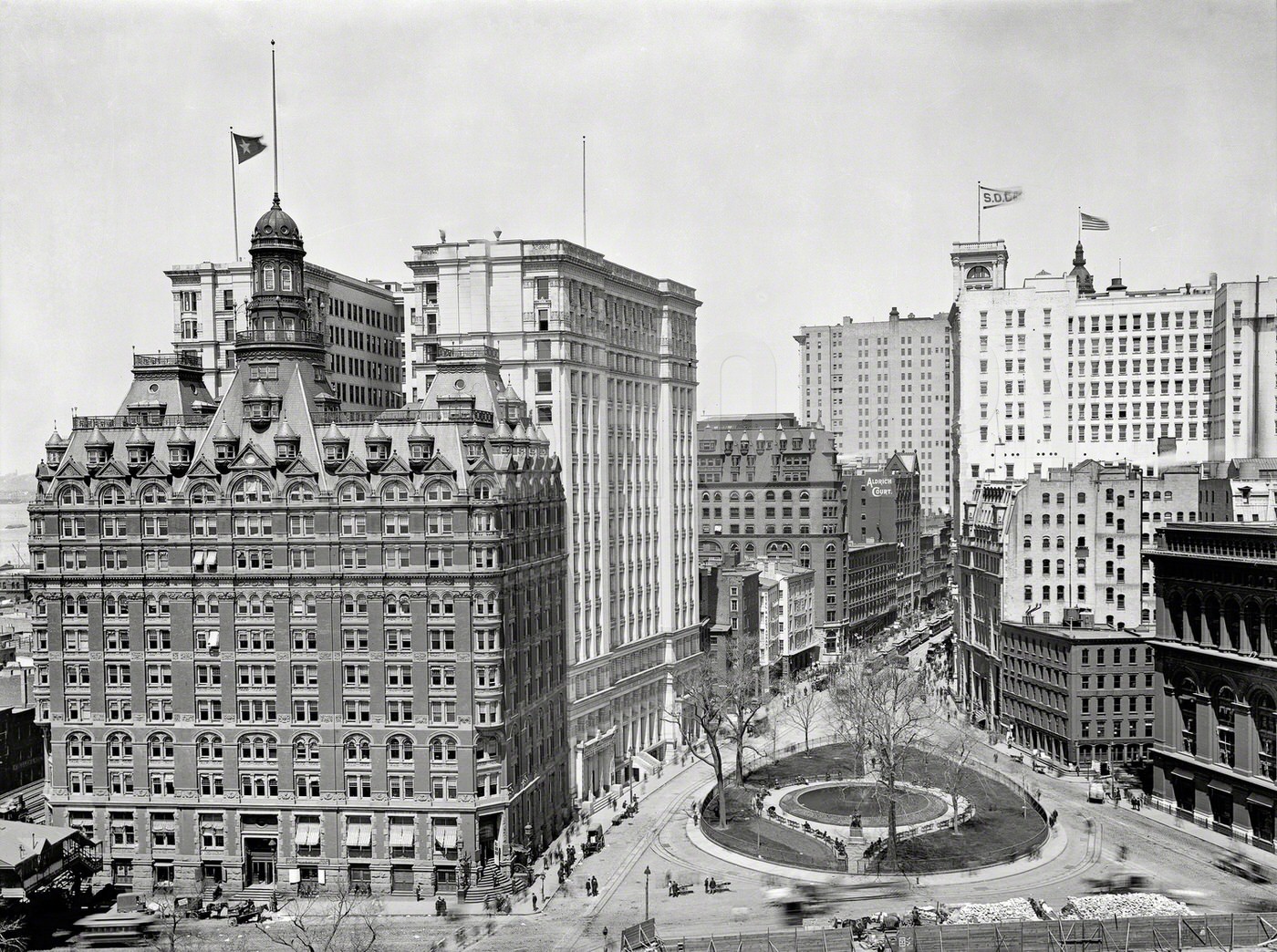
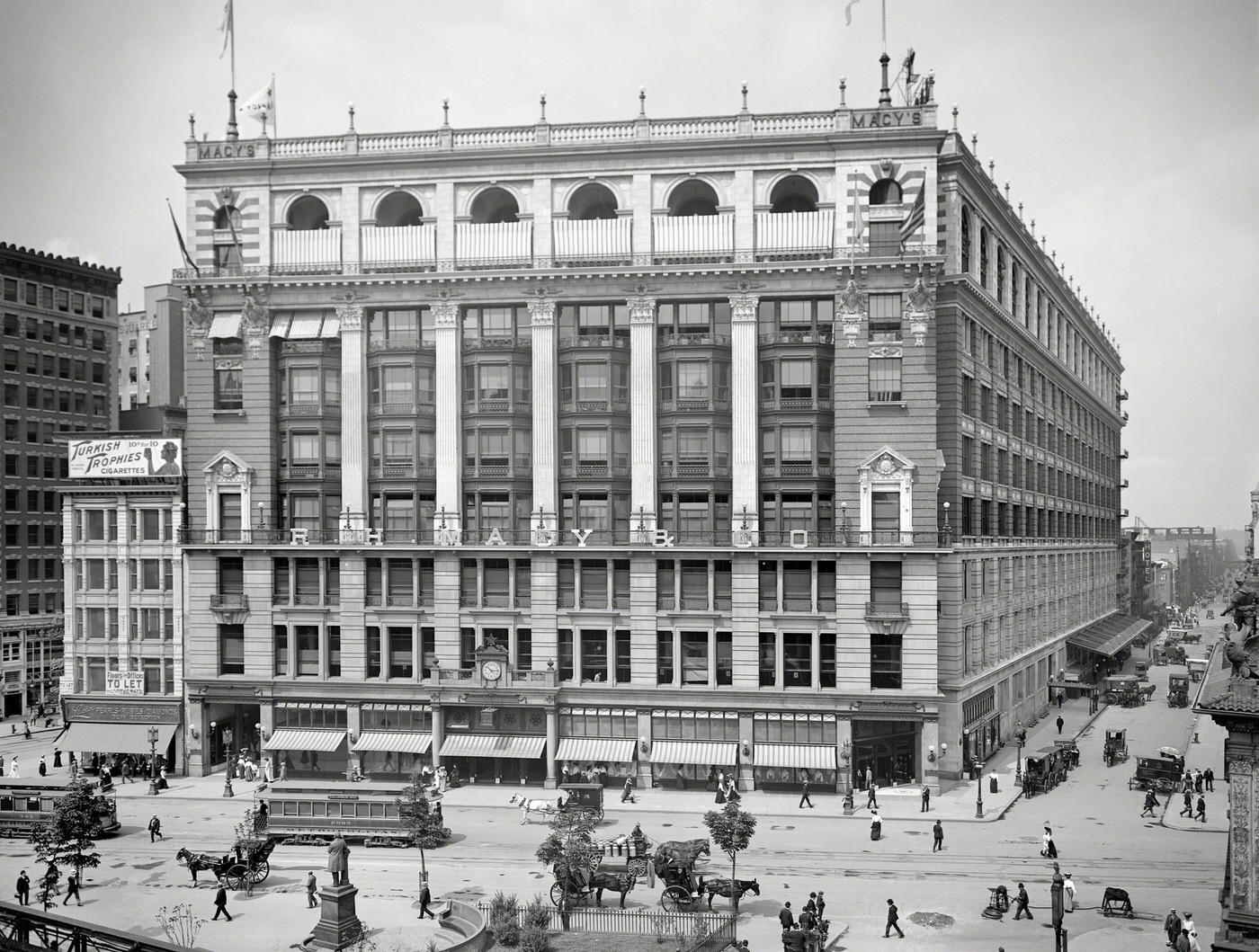

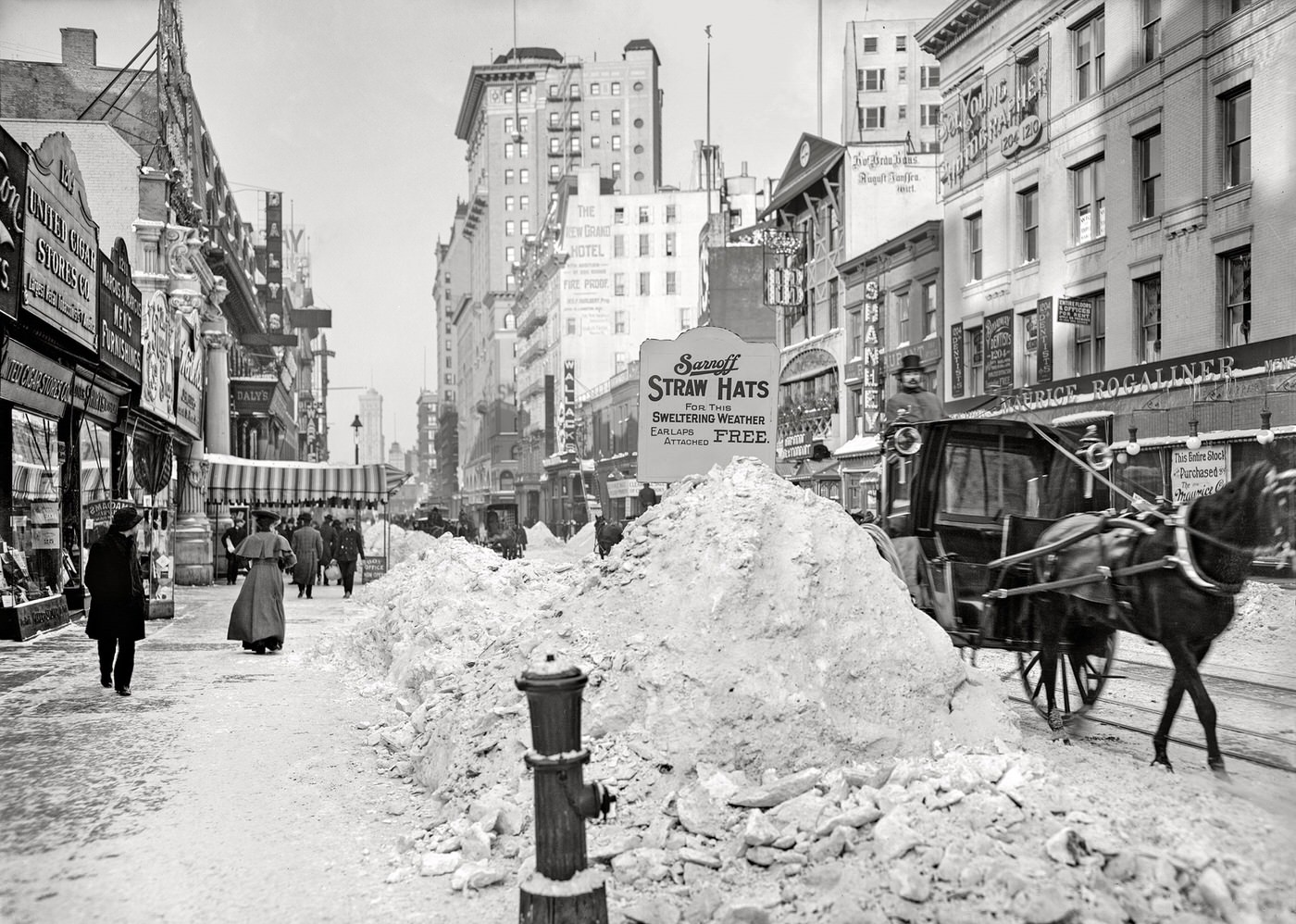
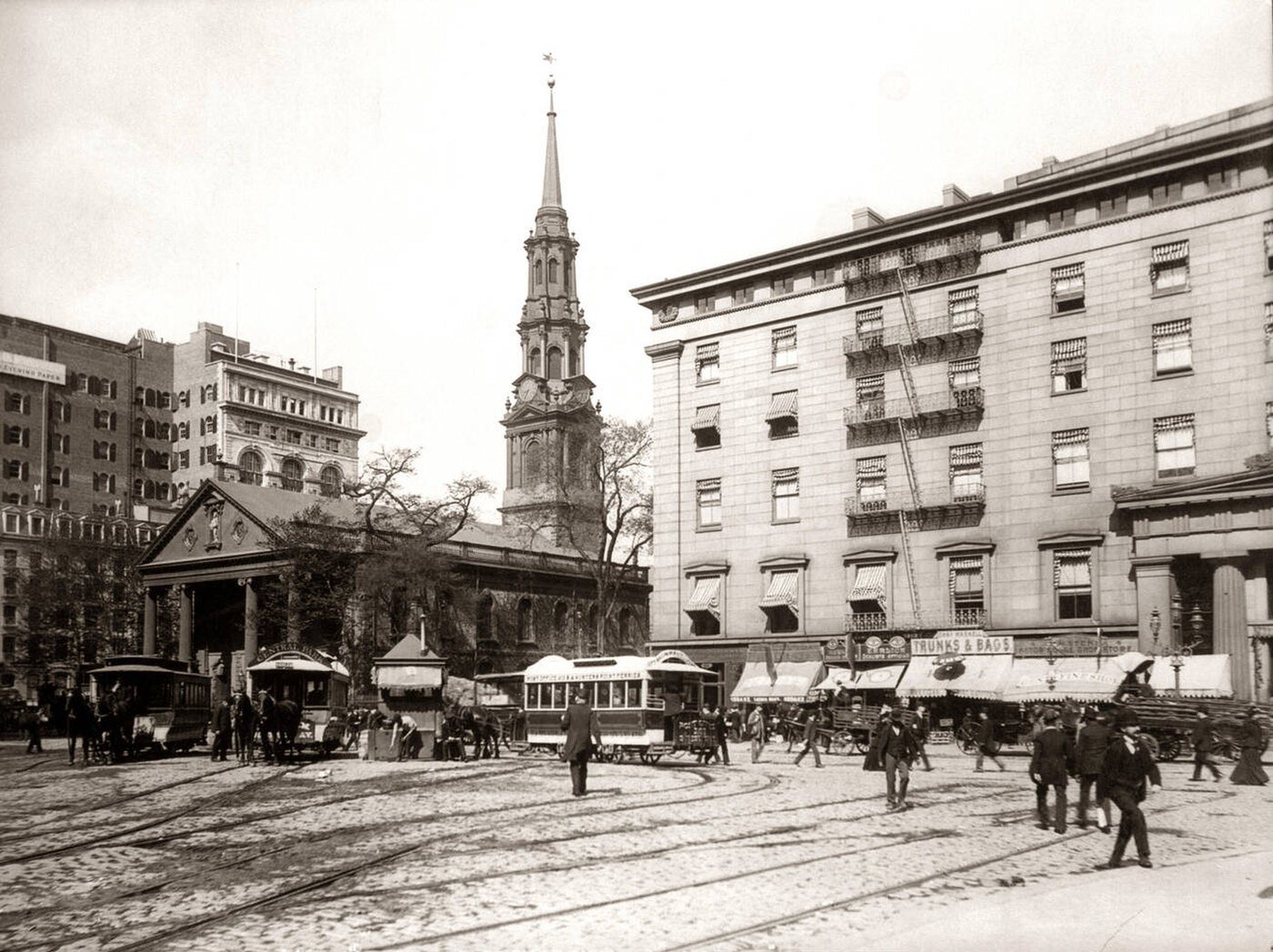
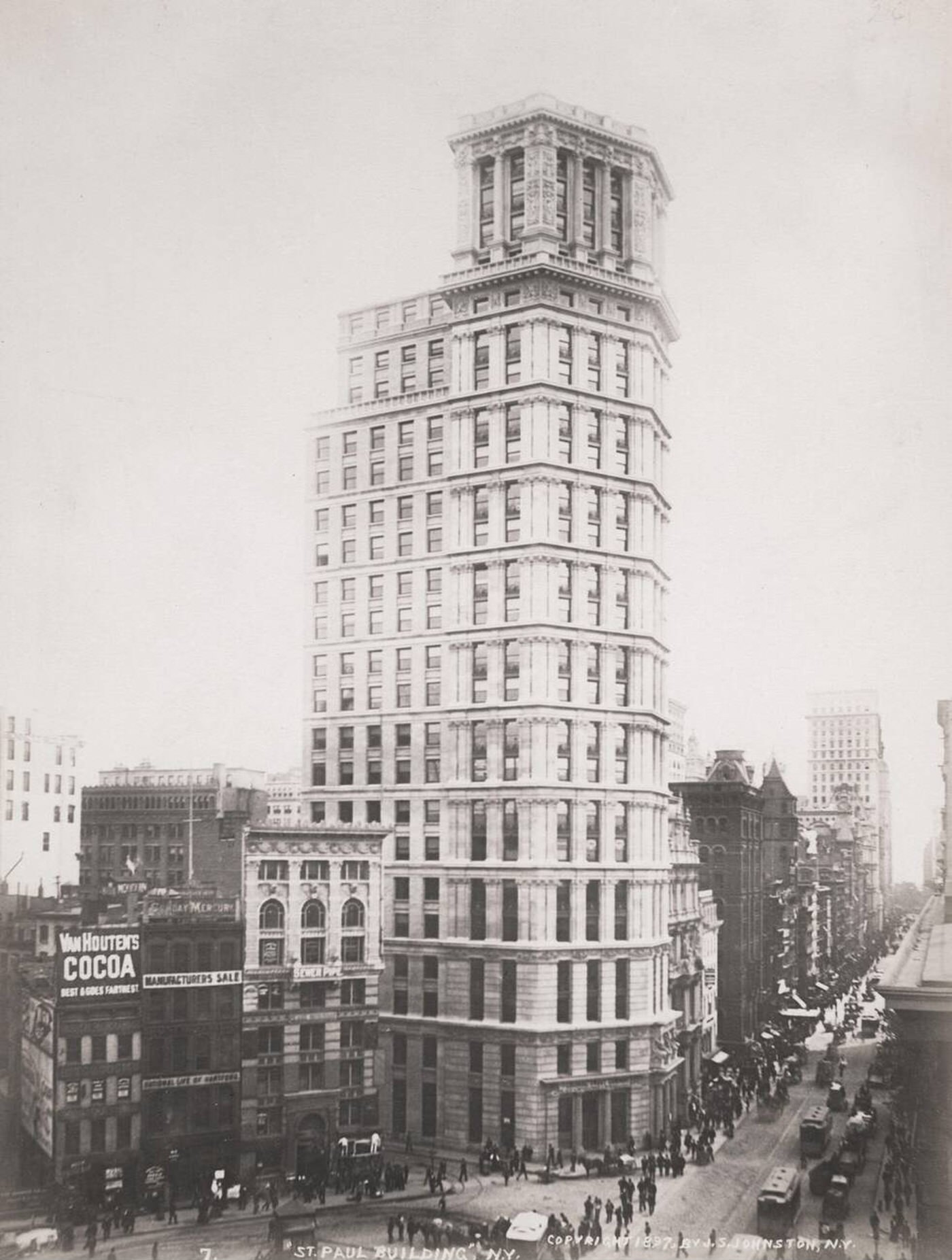
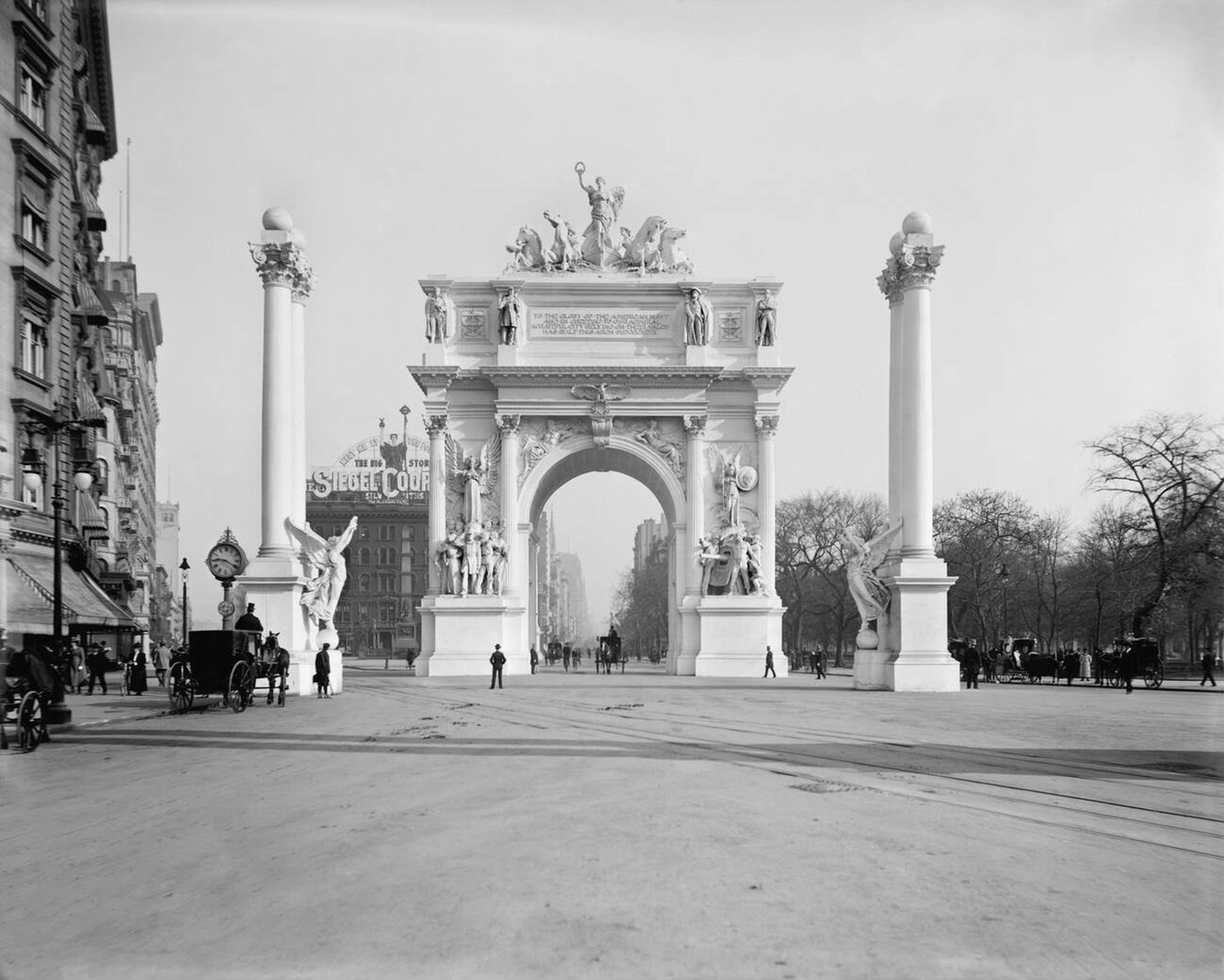
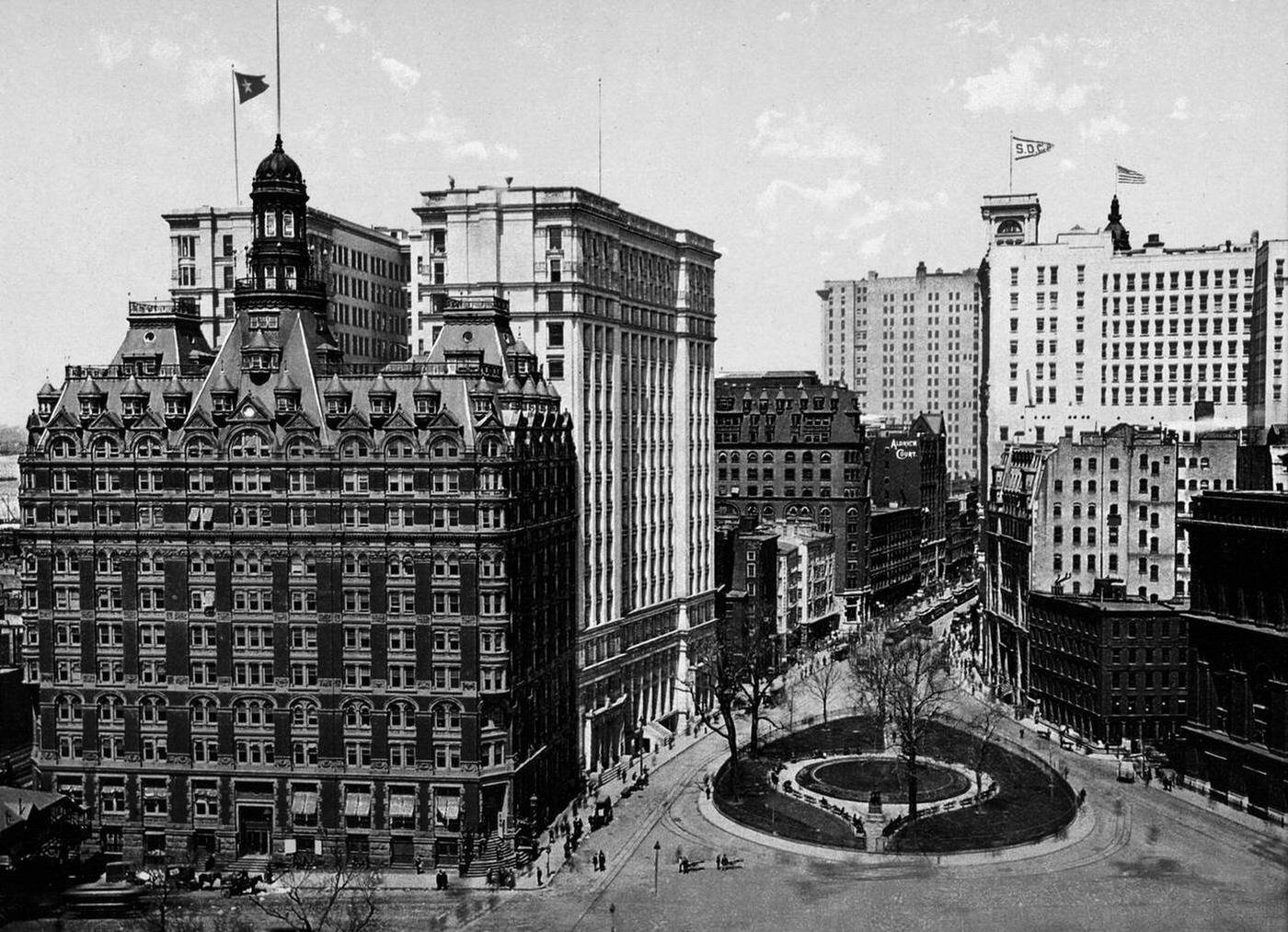
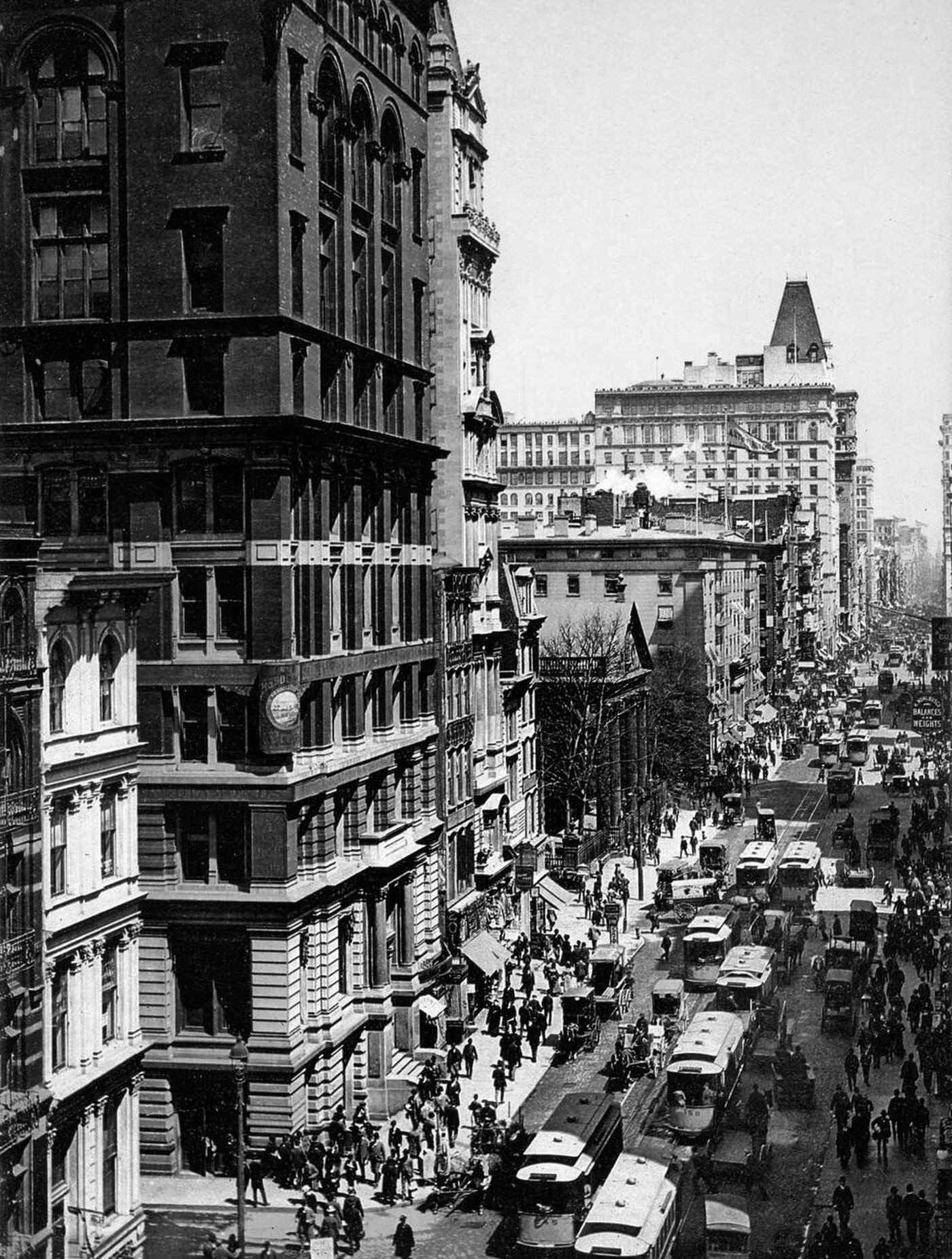

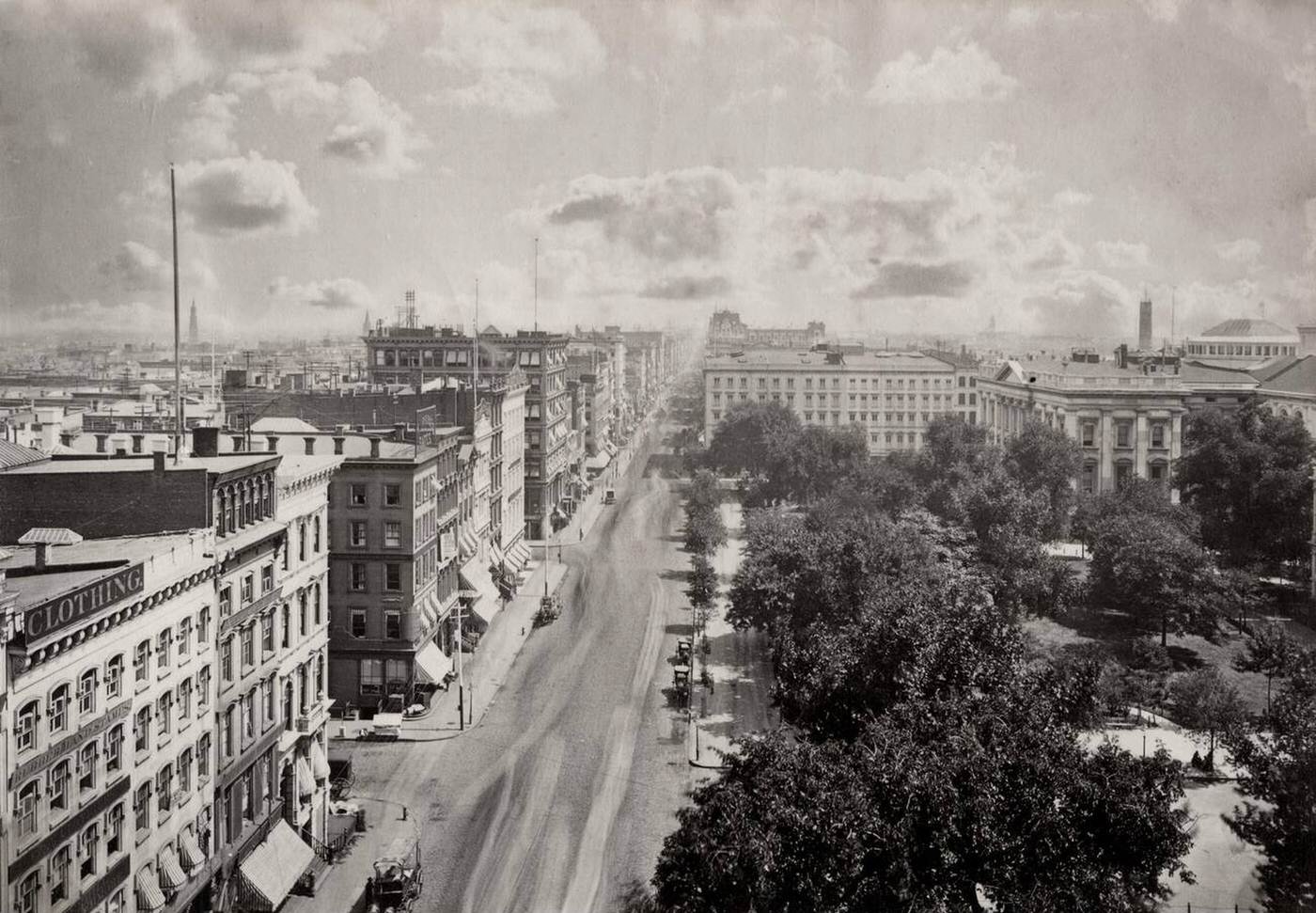

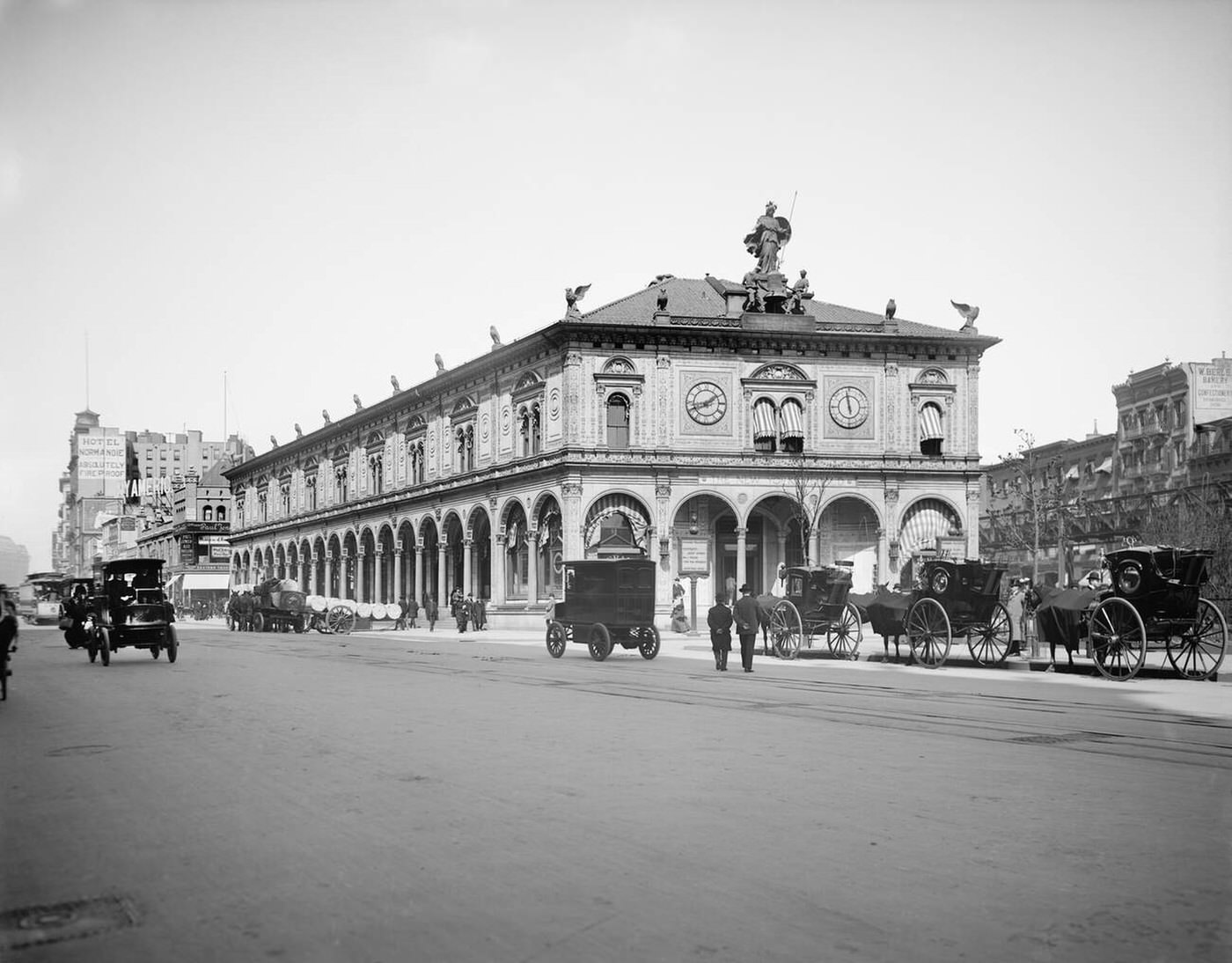
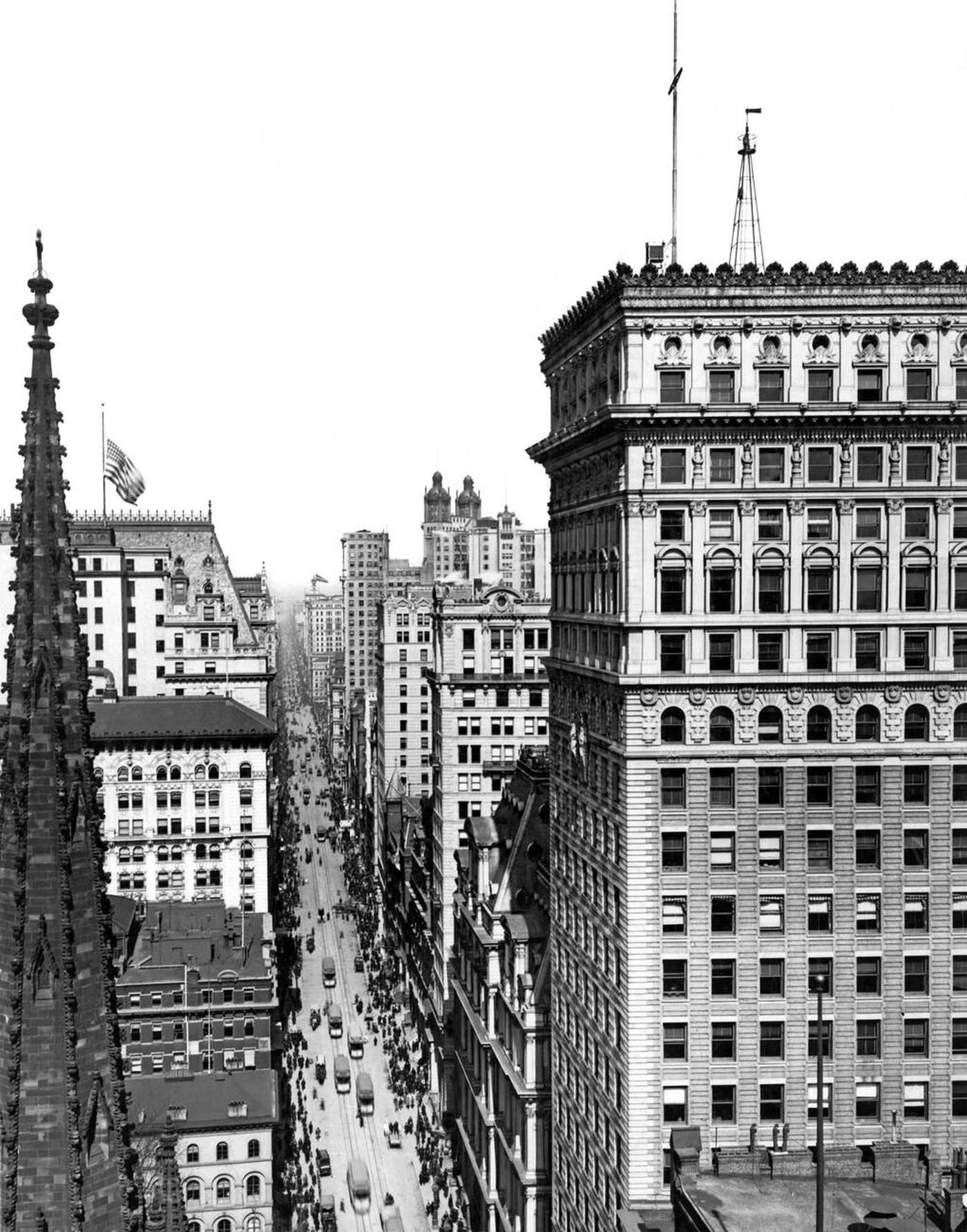
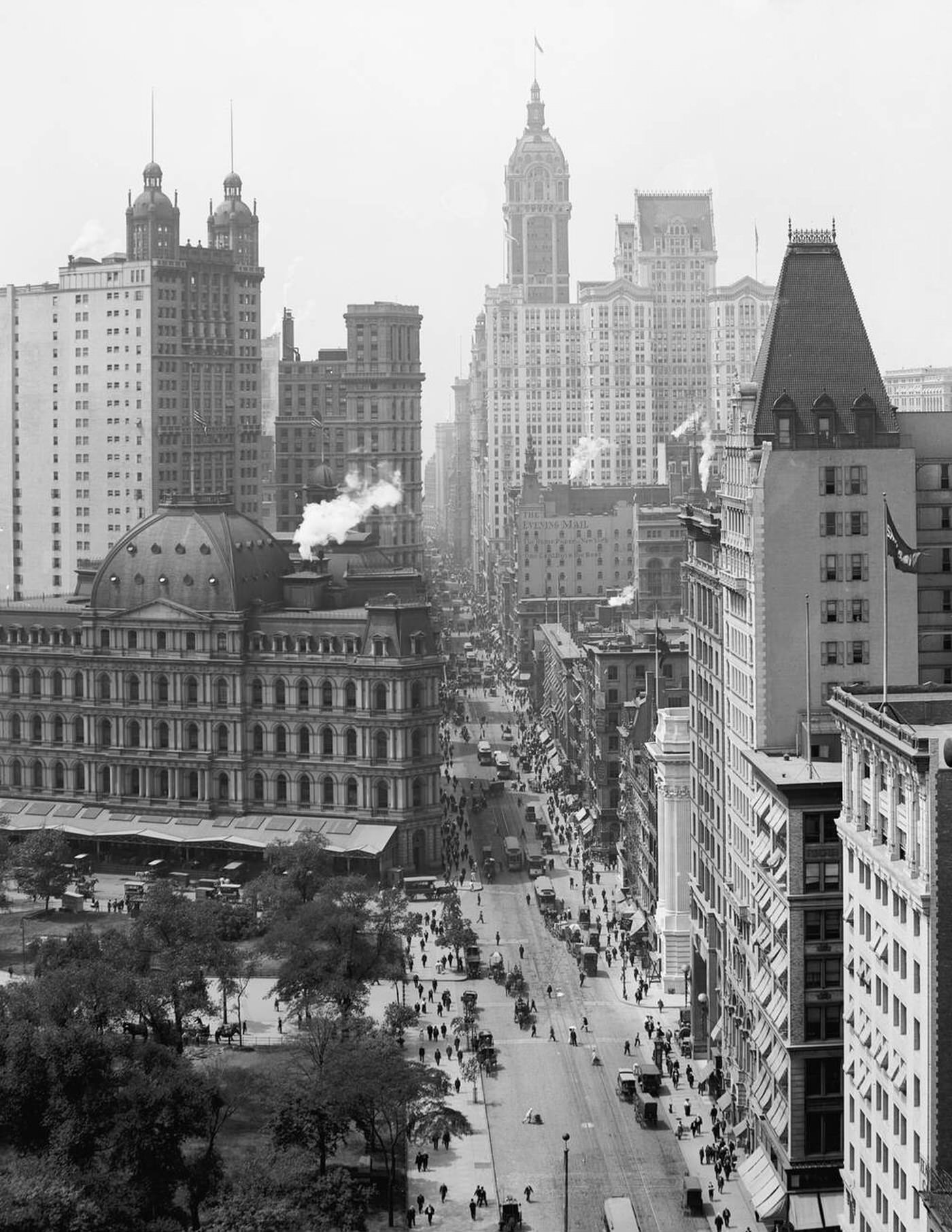

GIPHY App Key not set. Please check settings